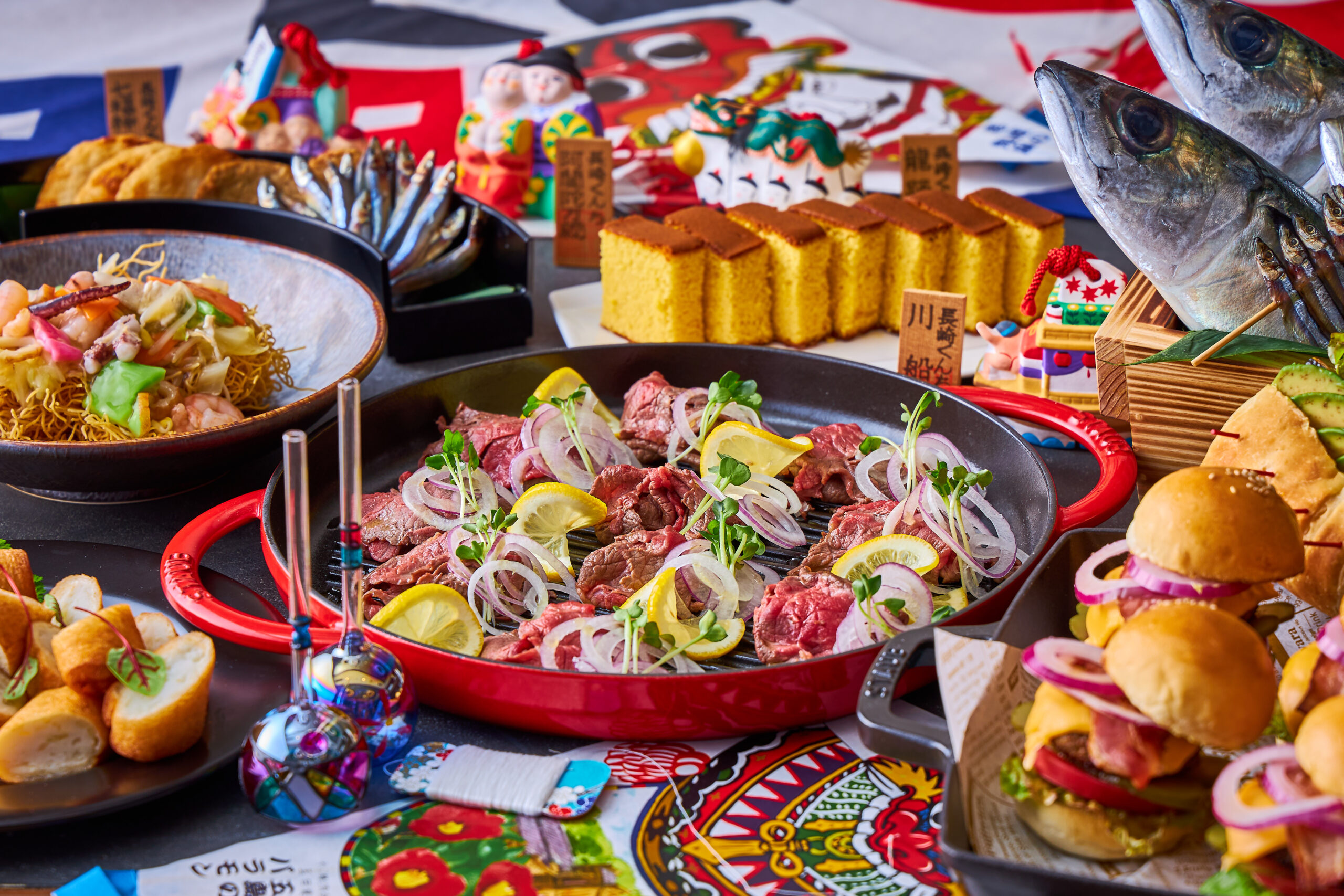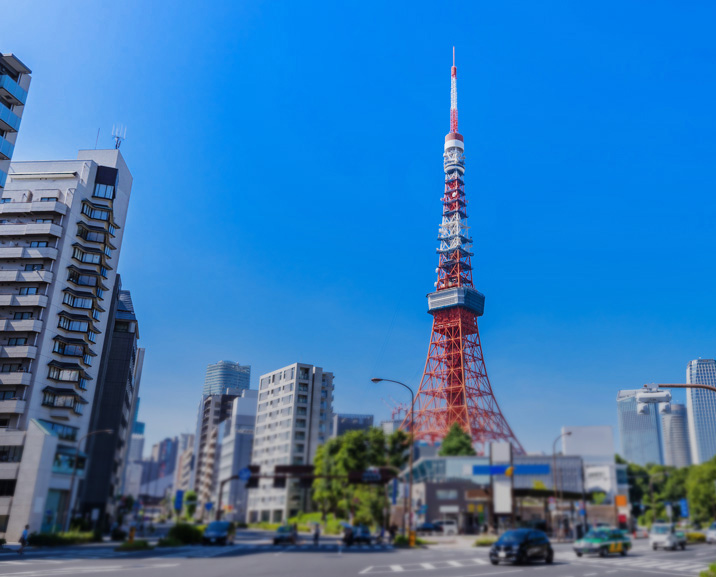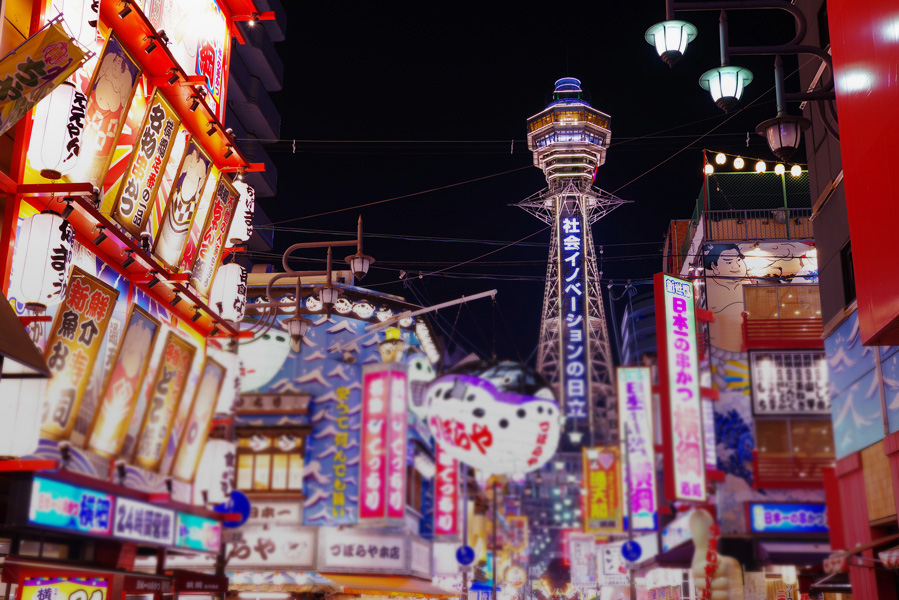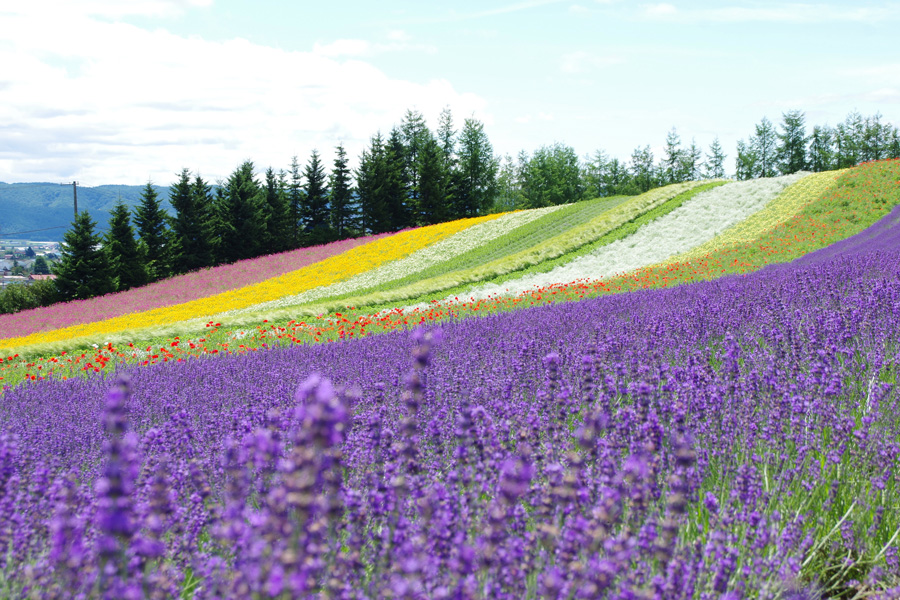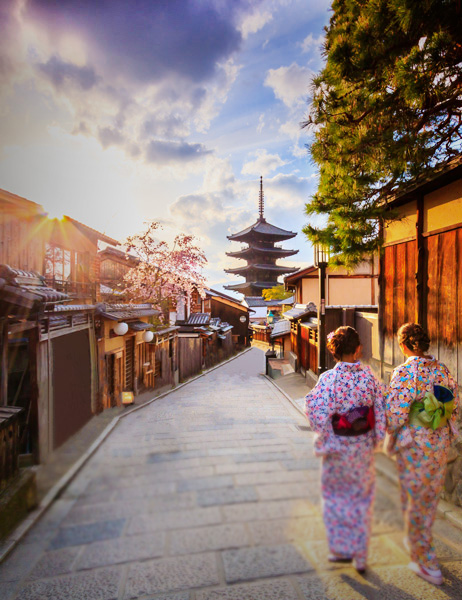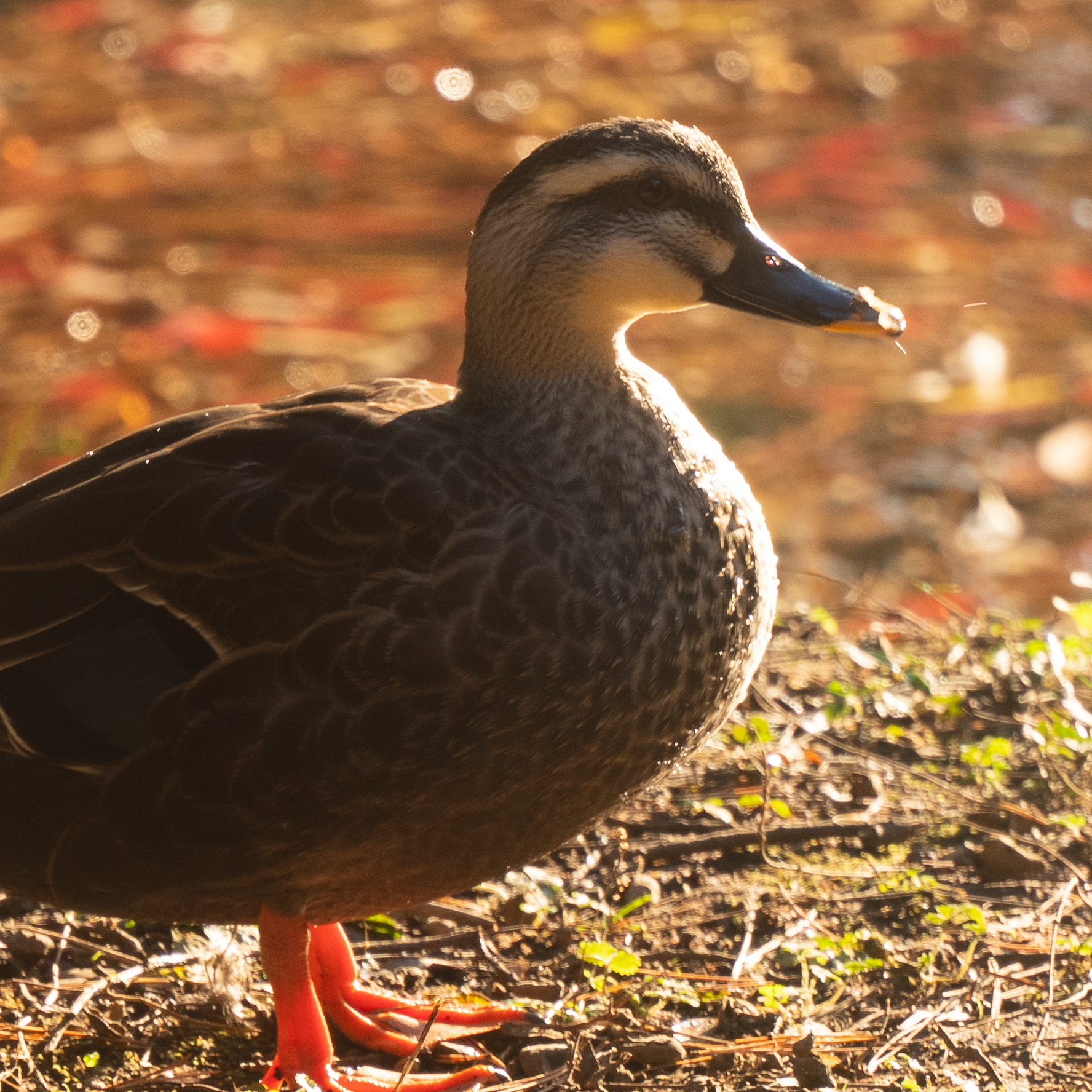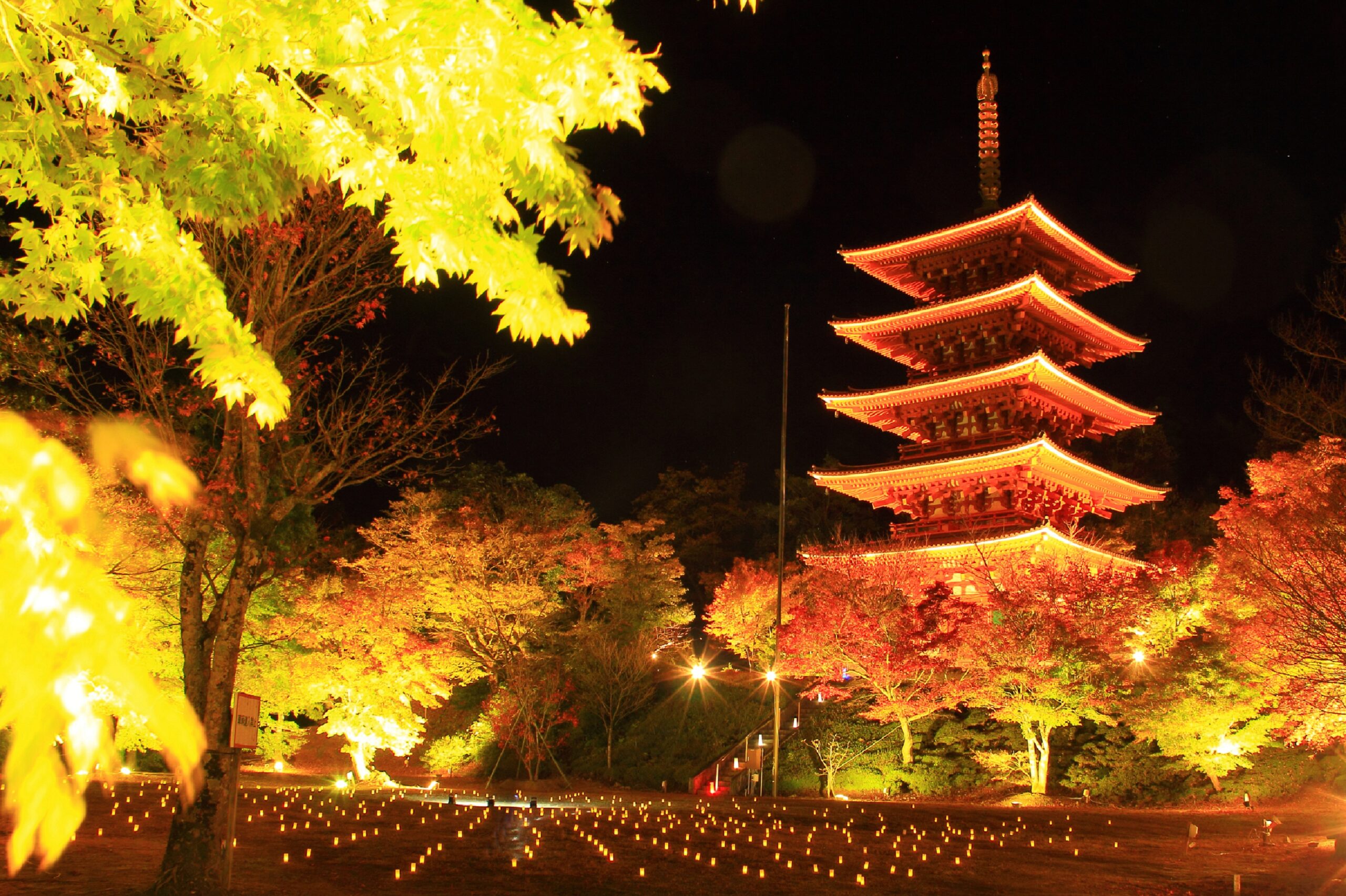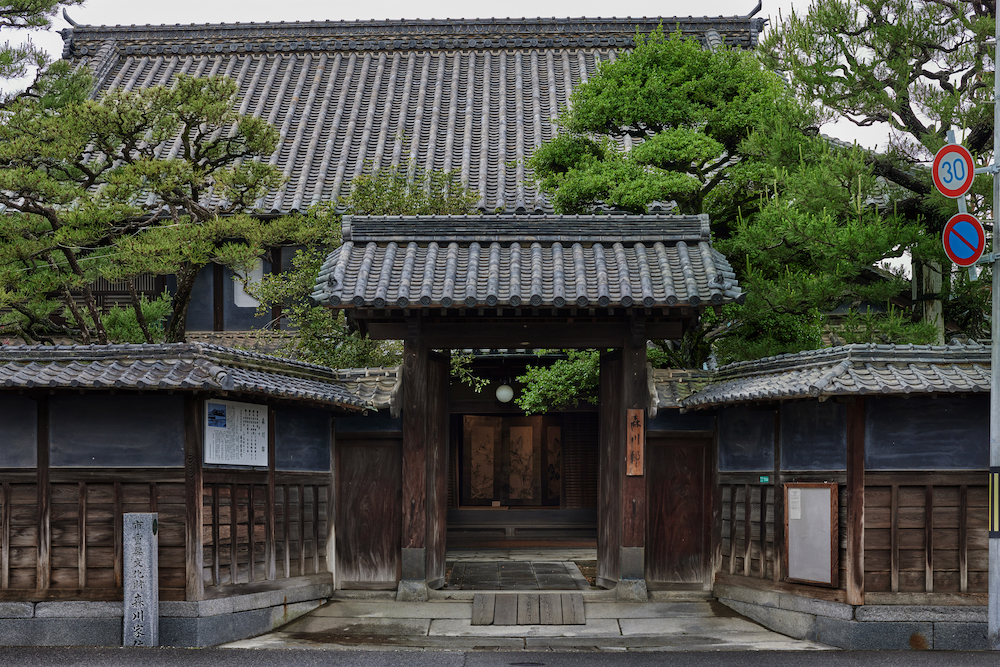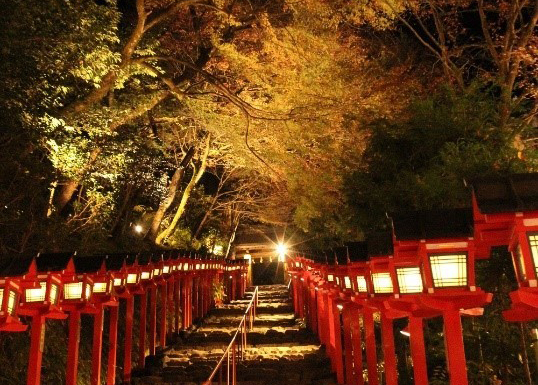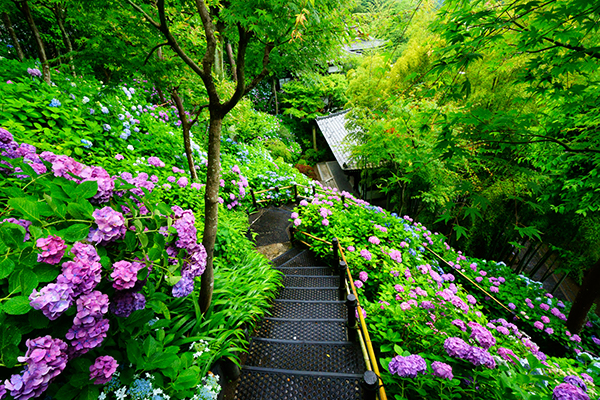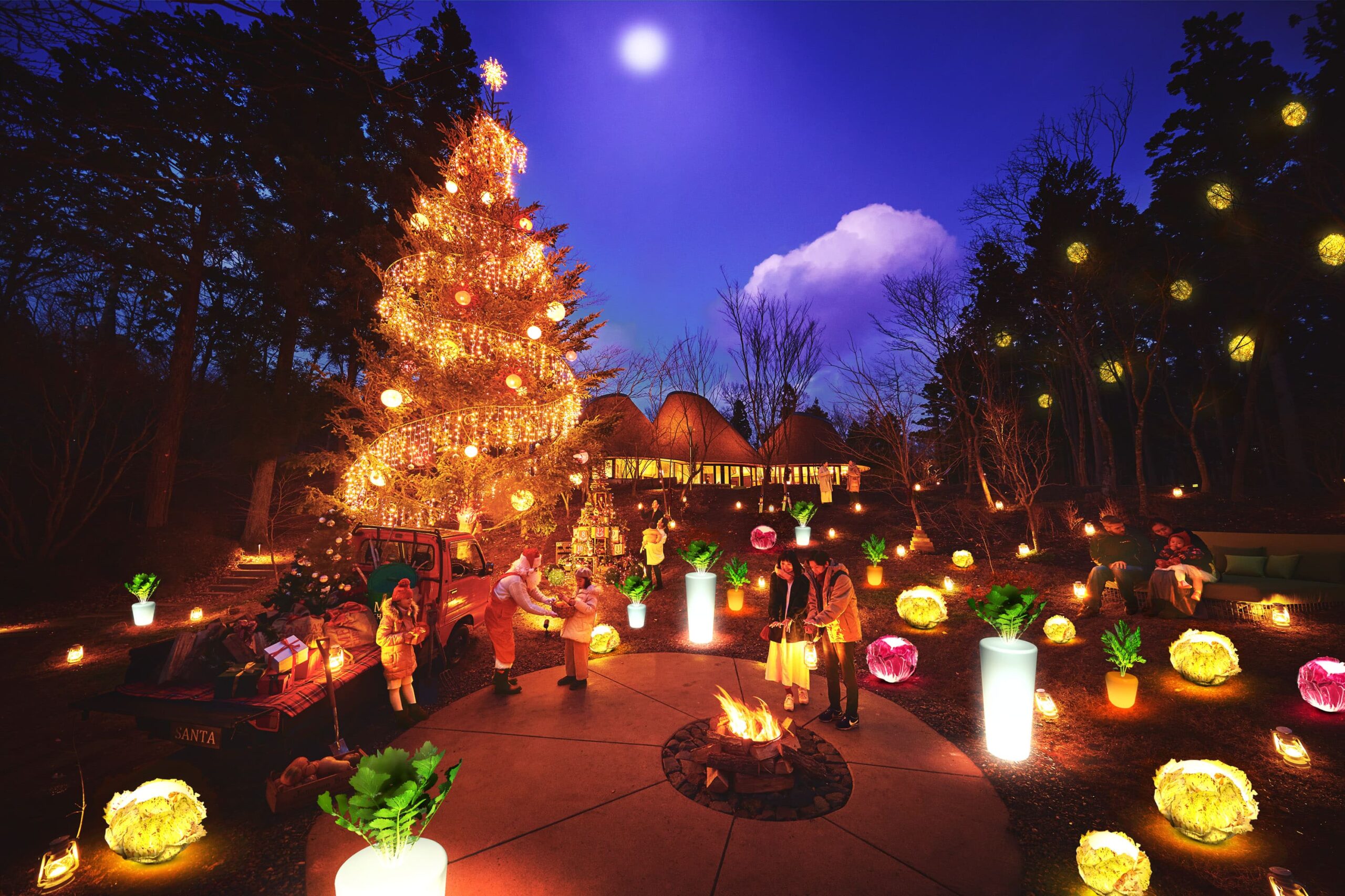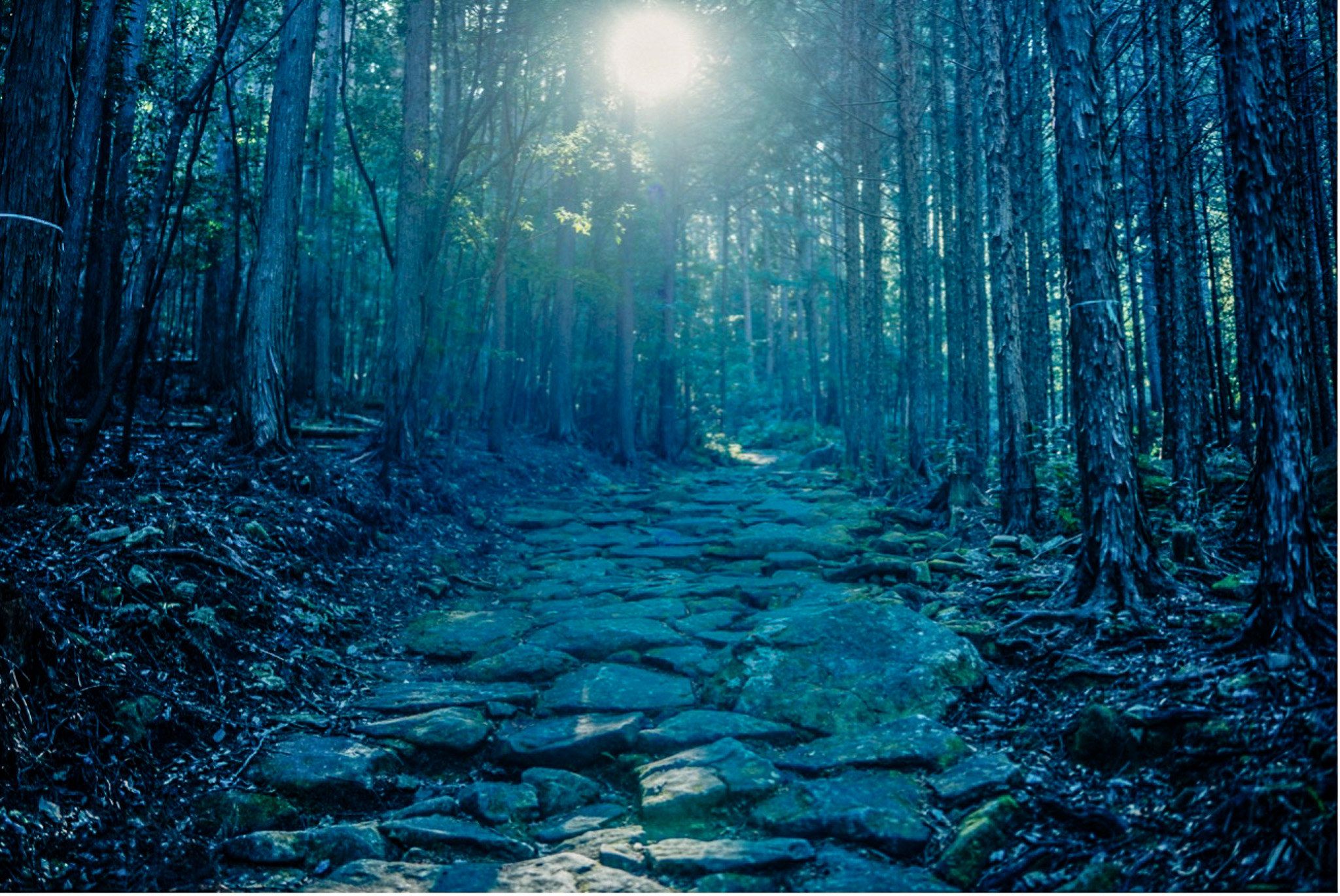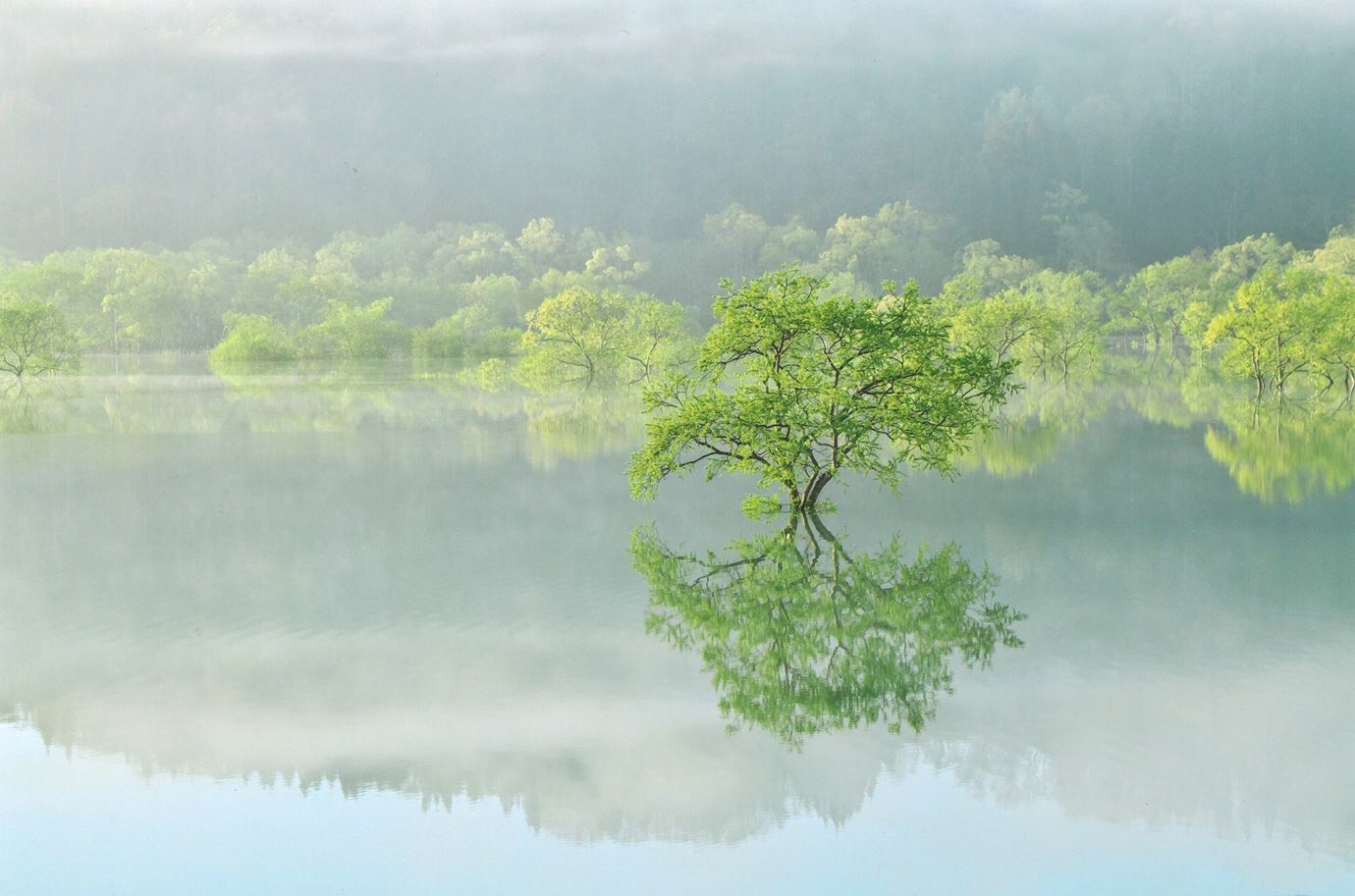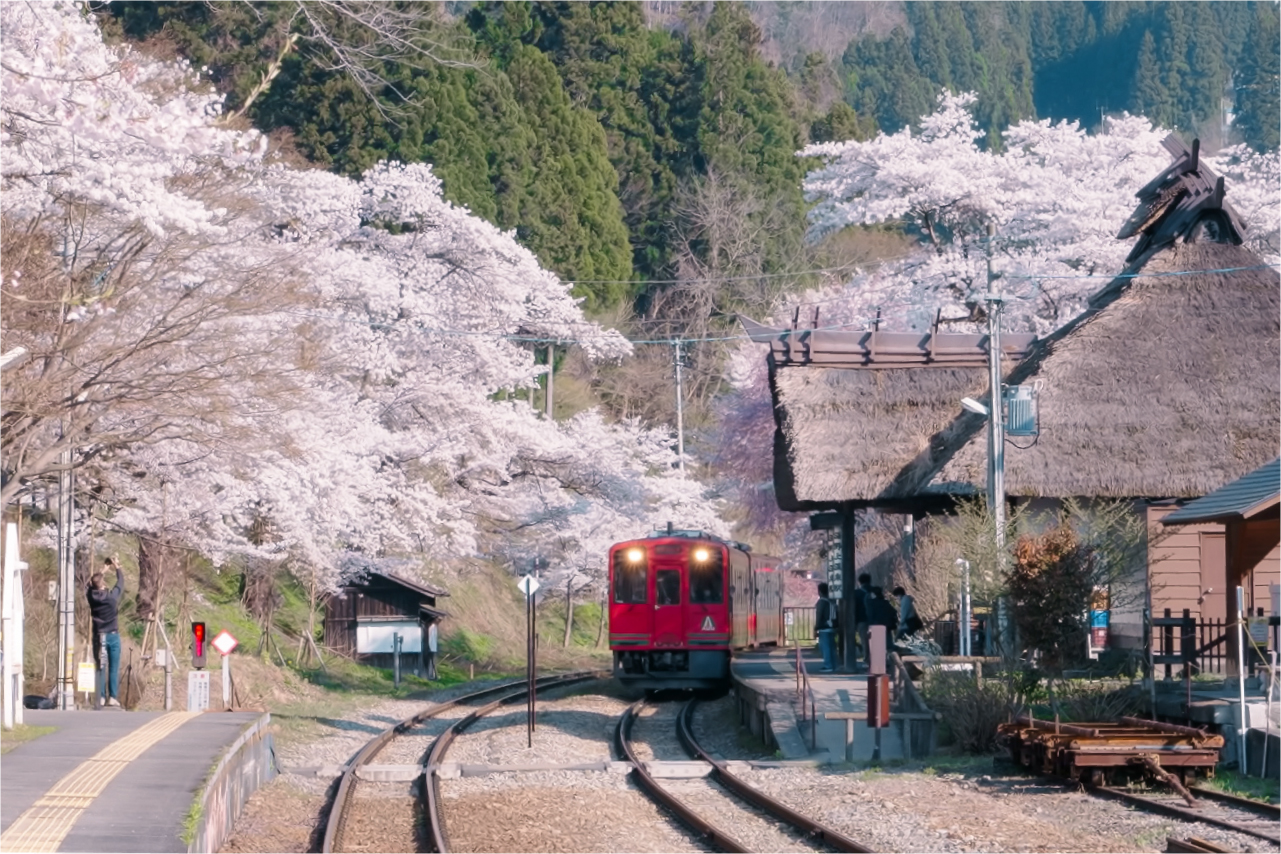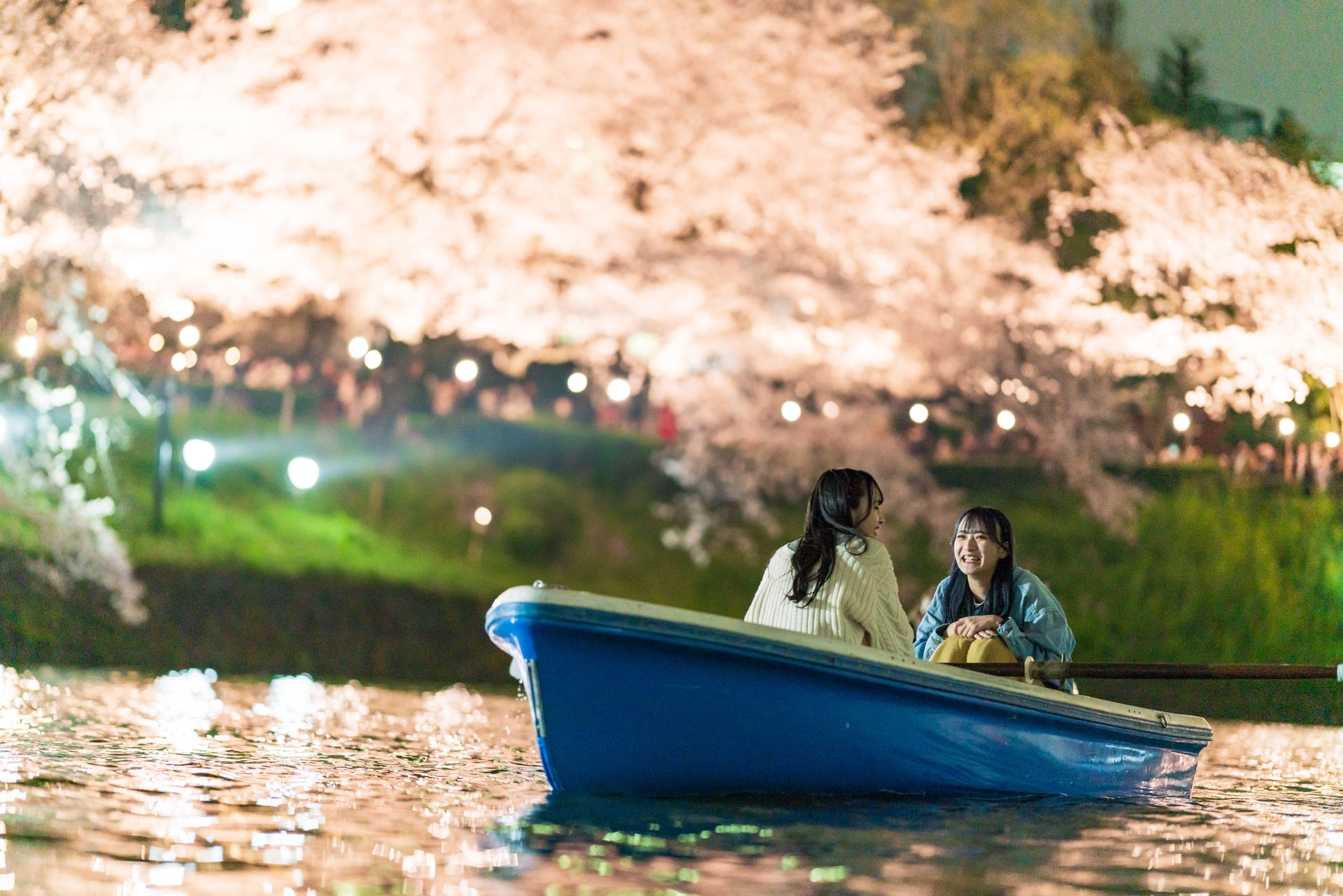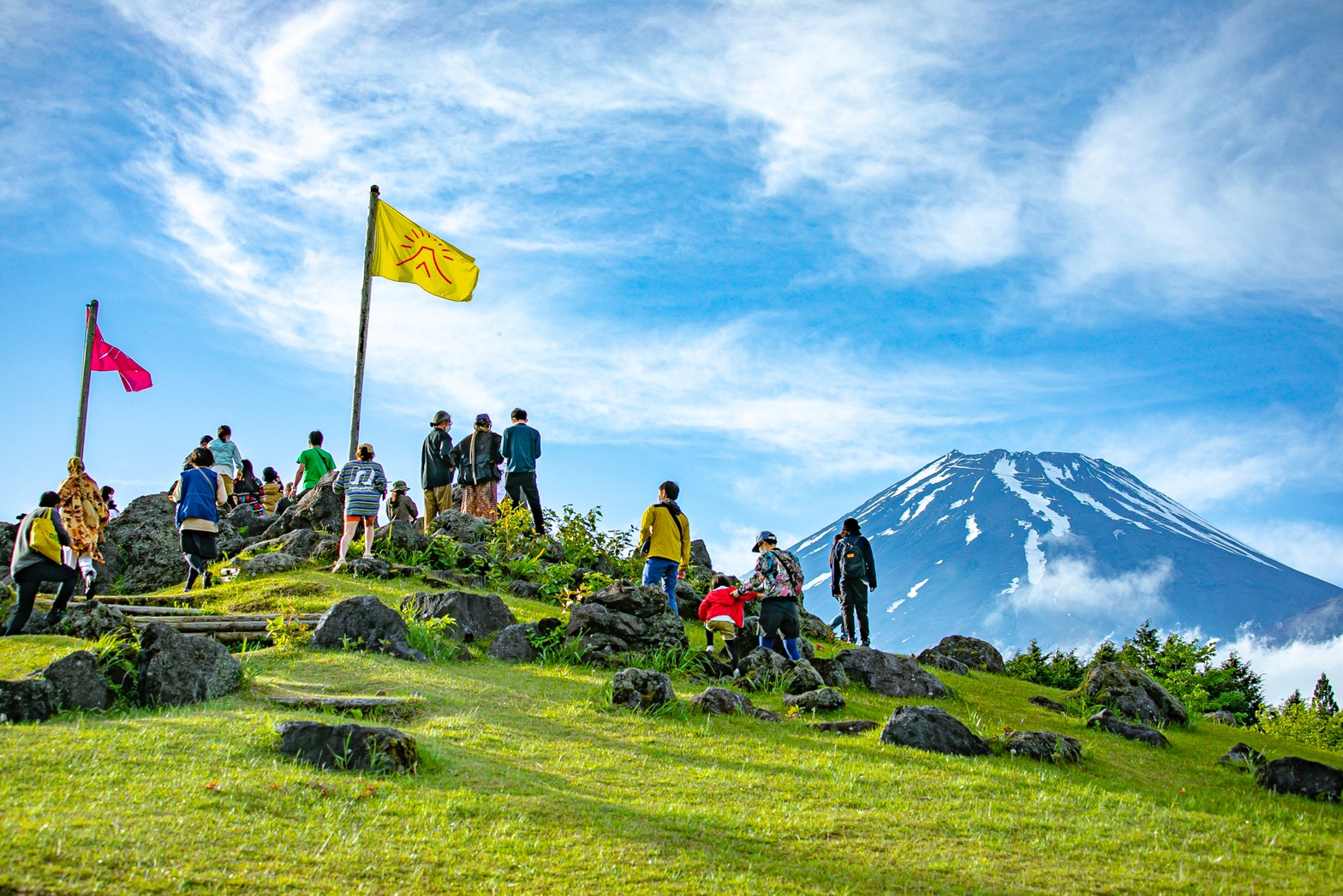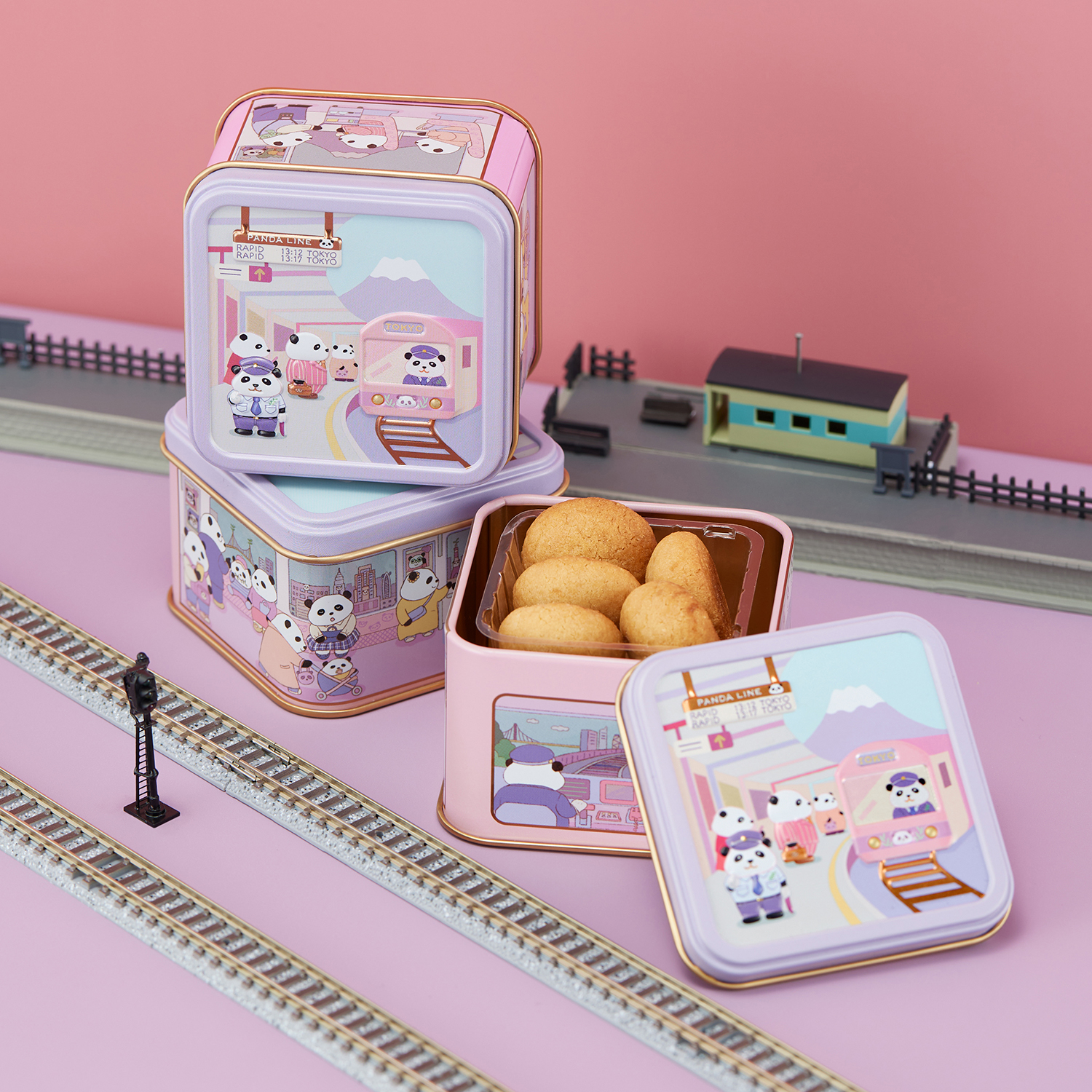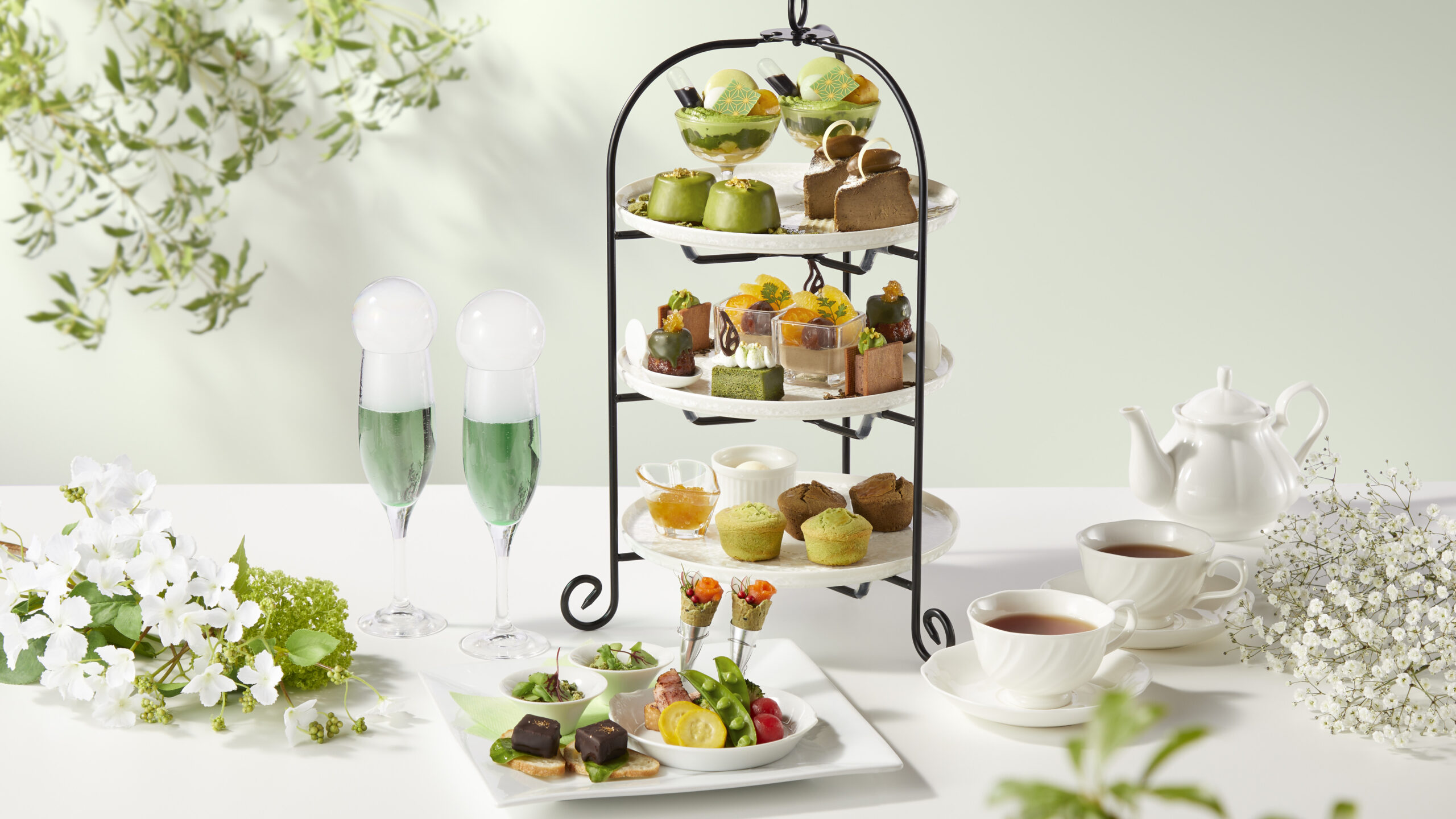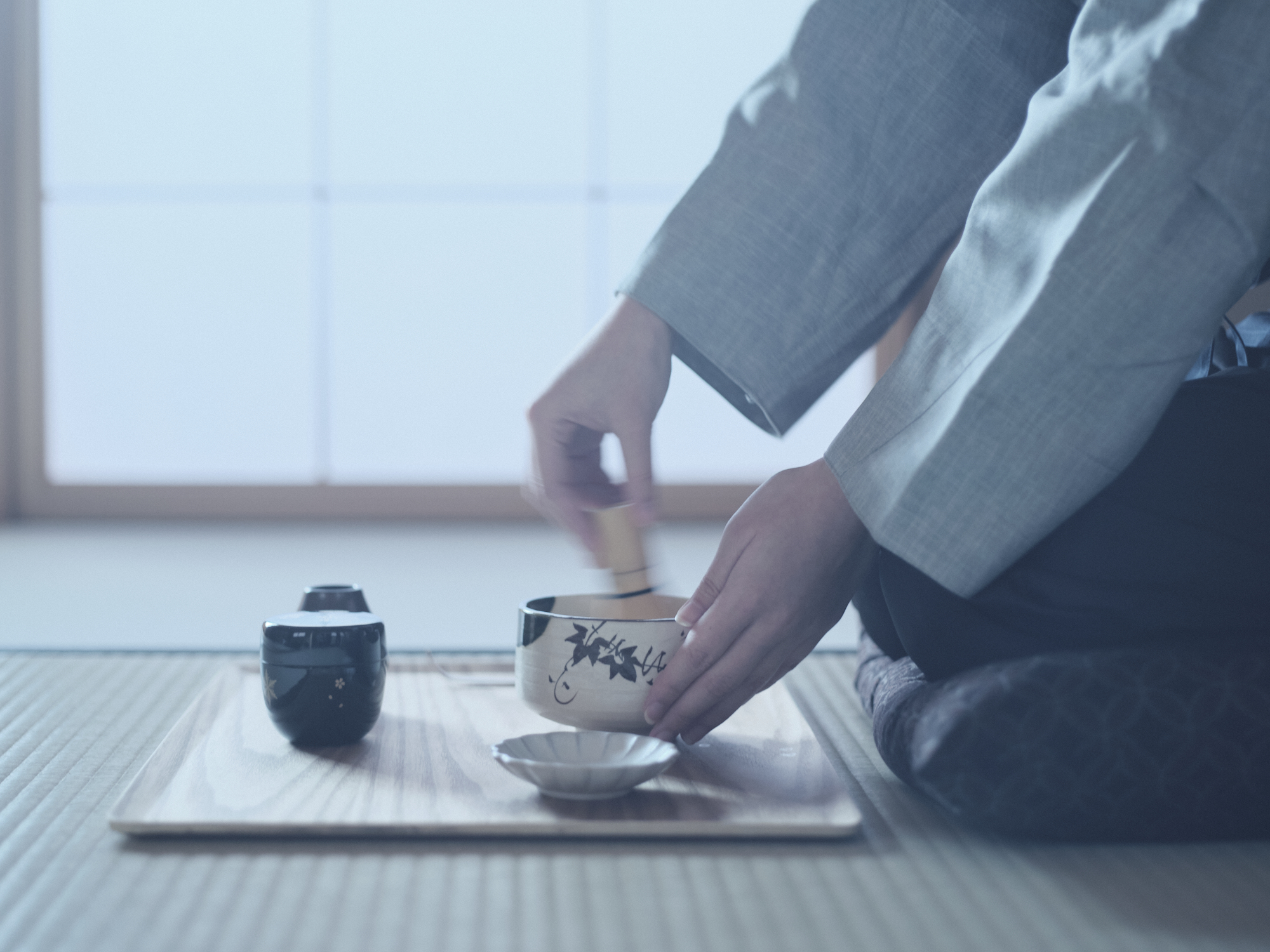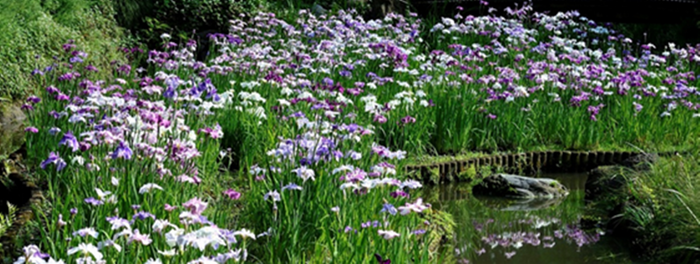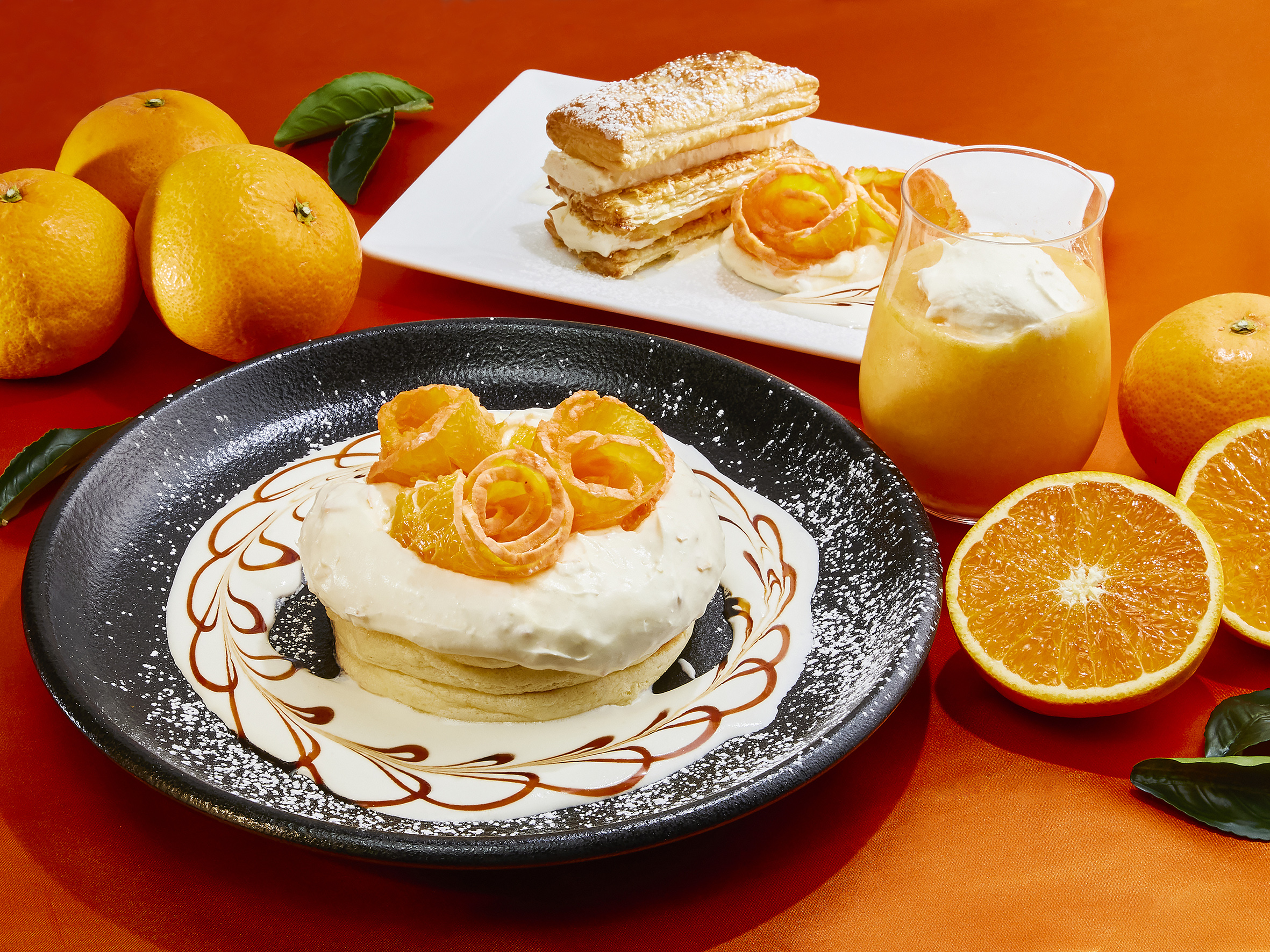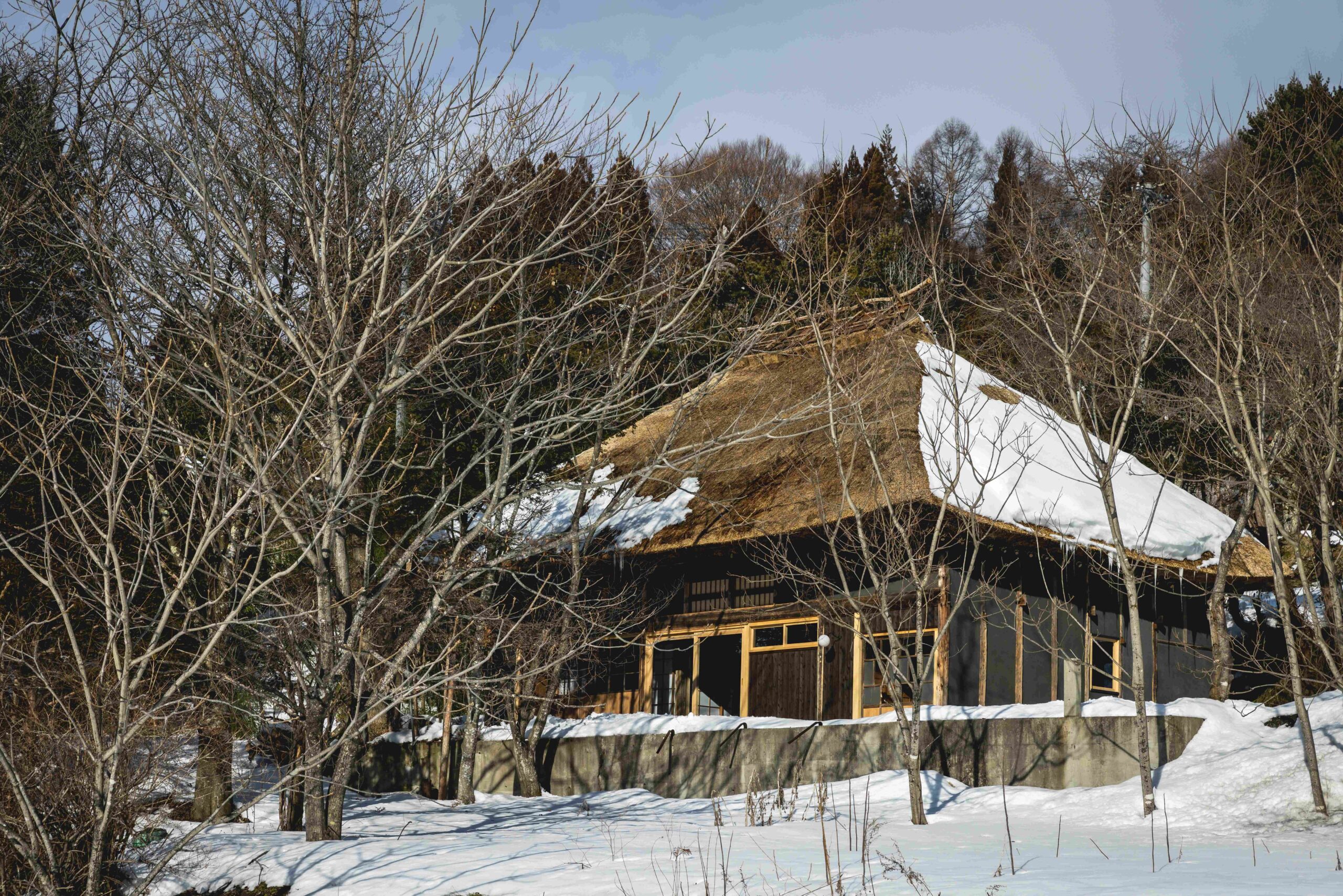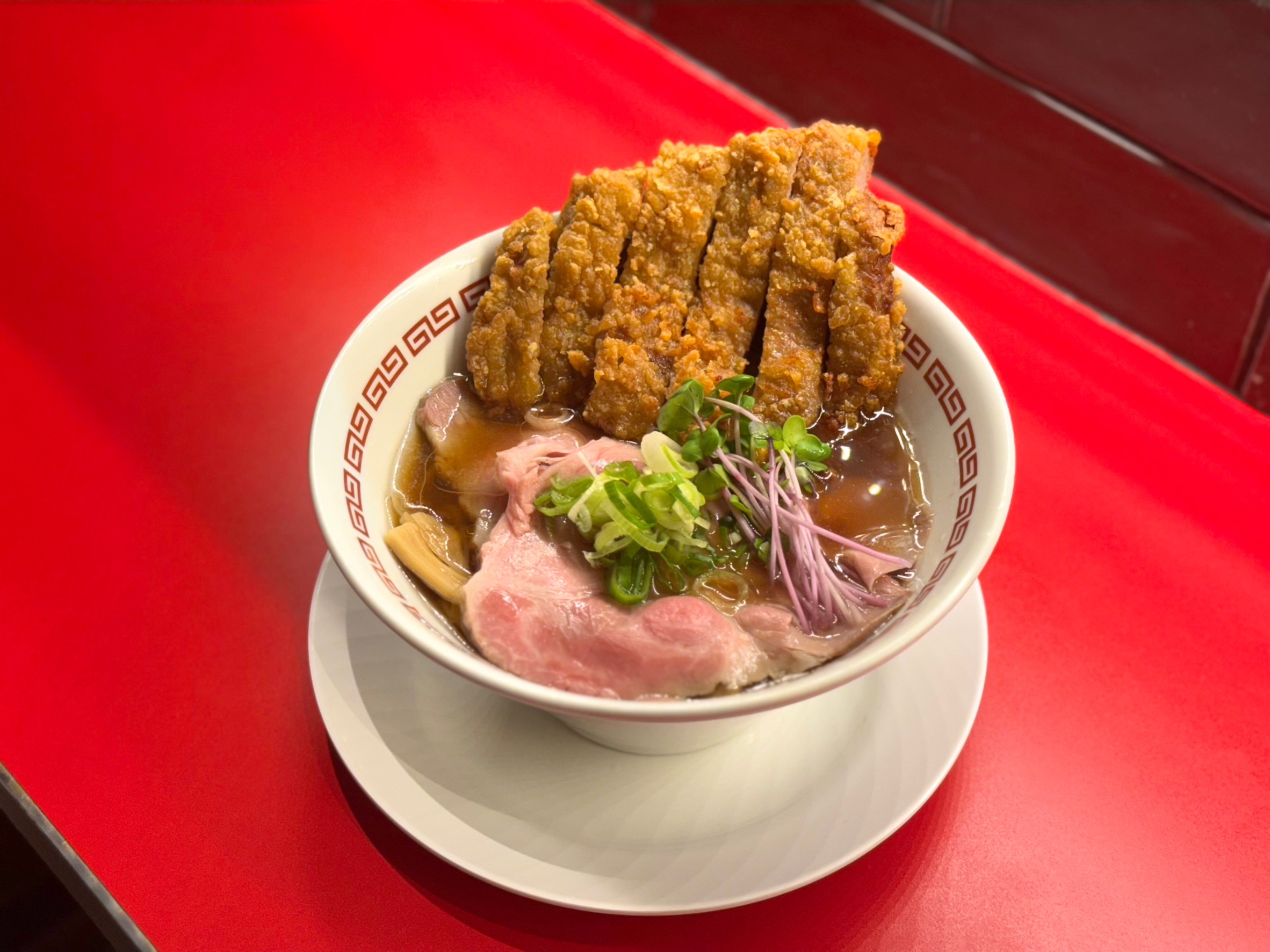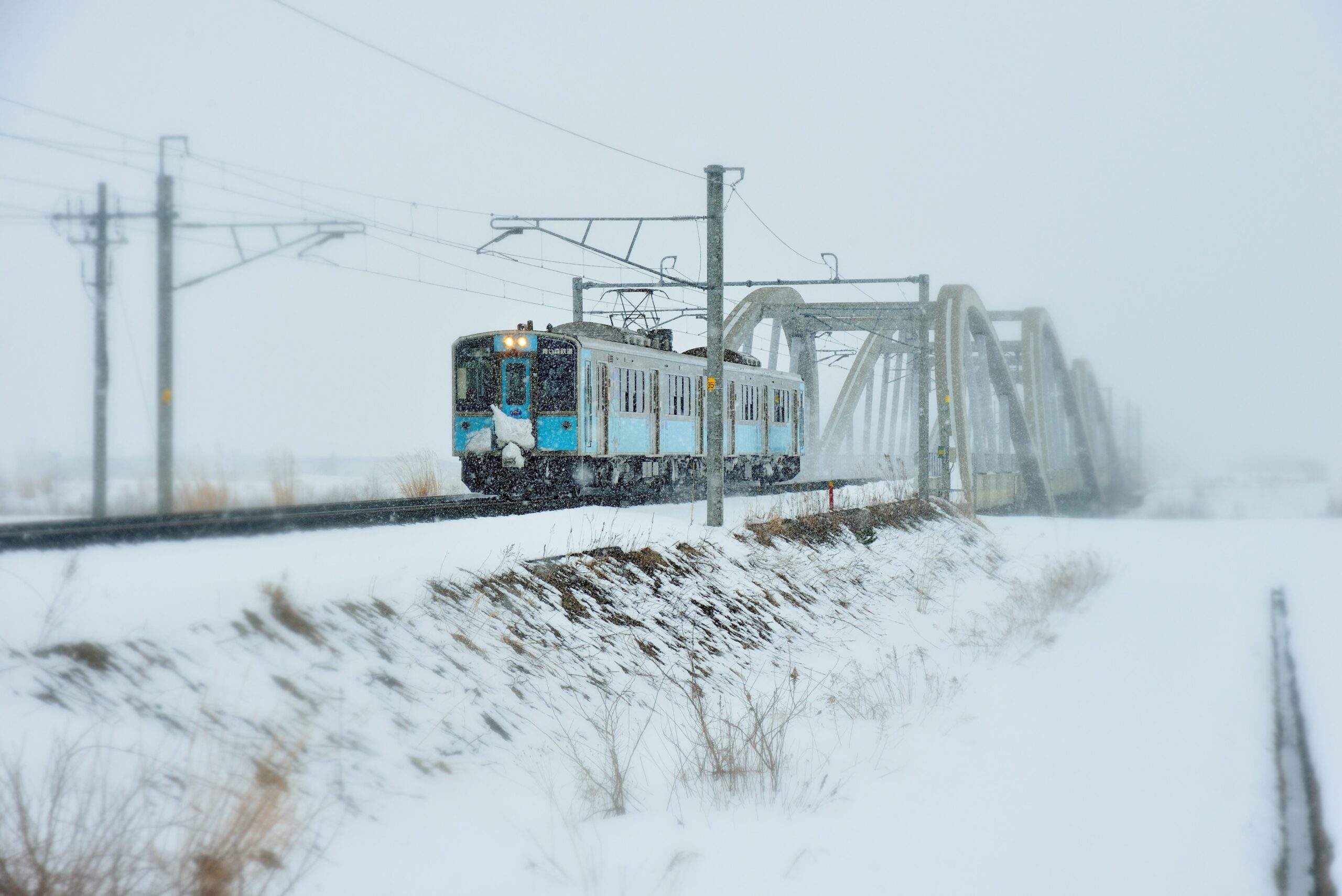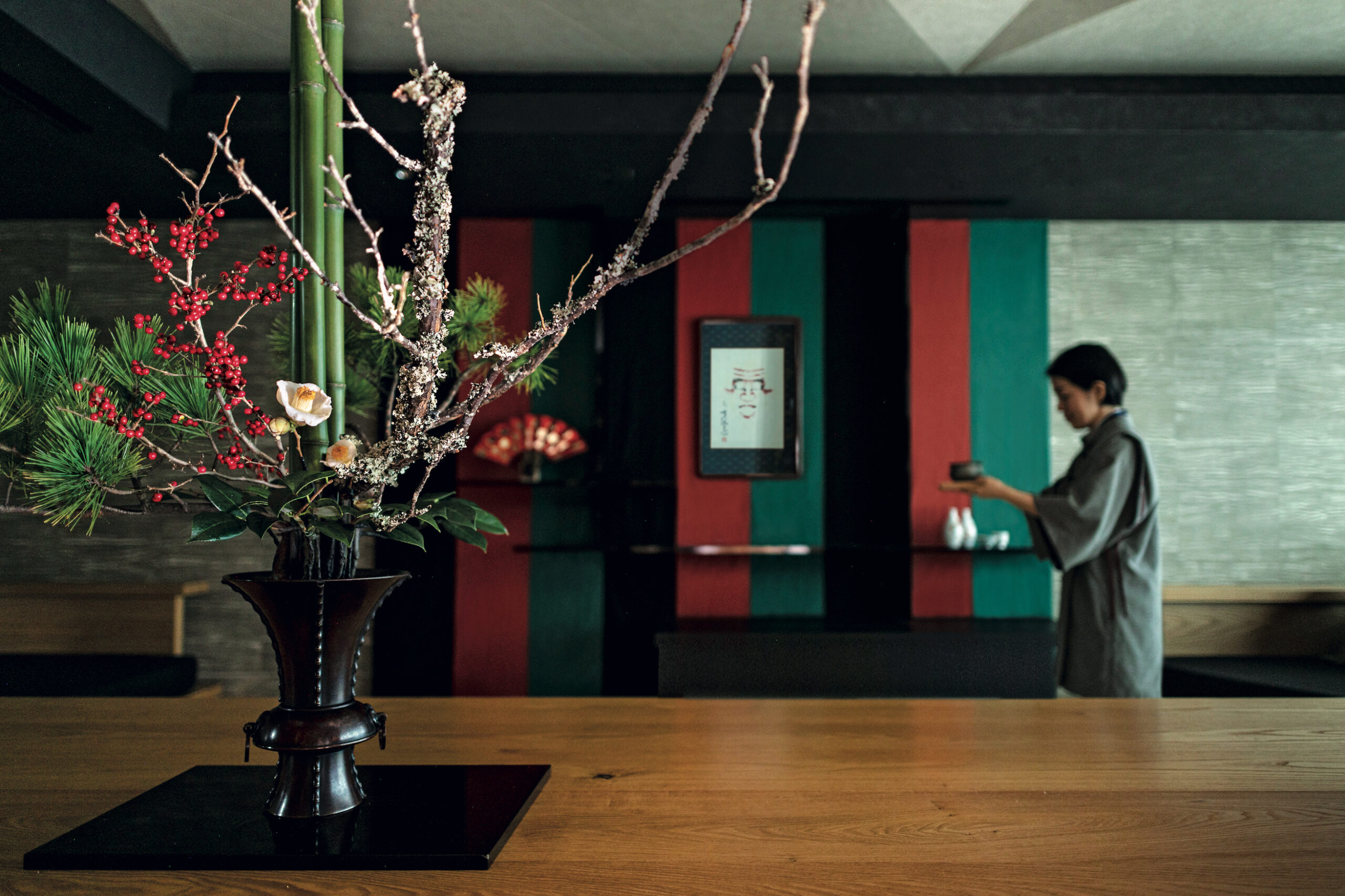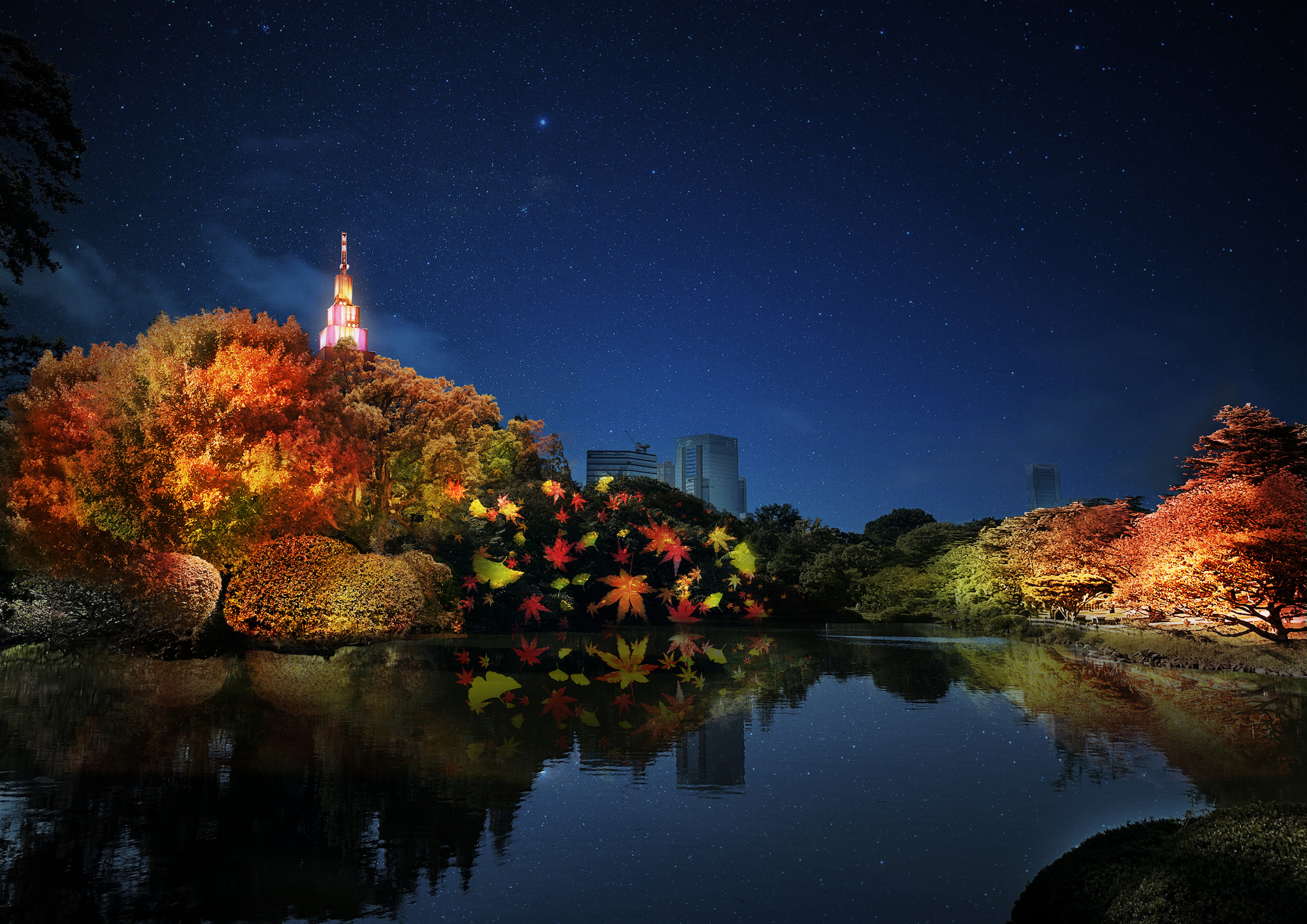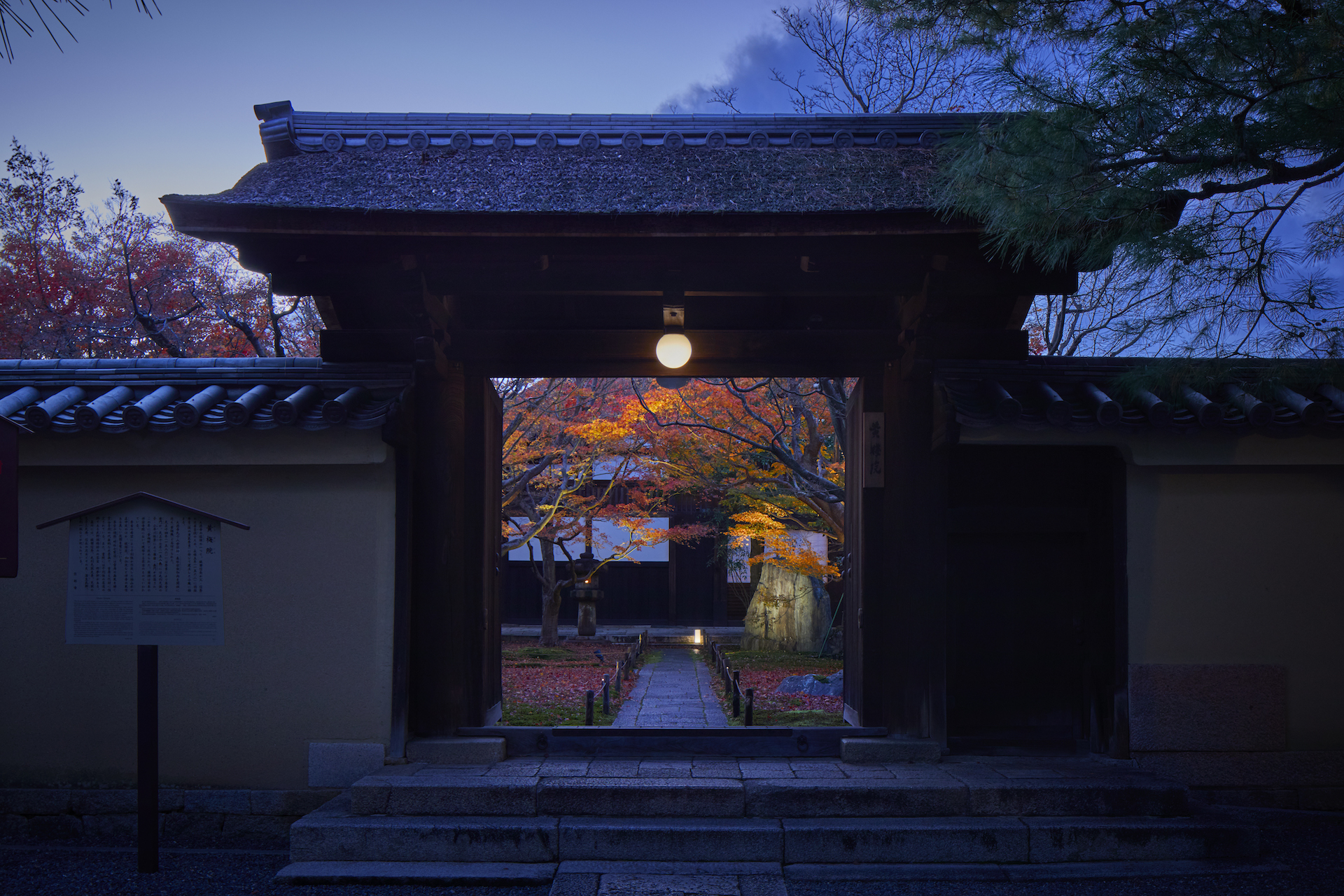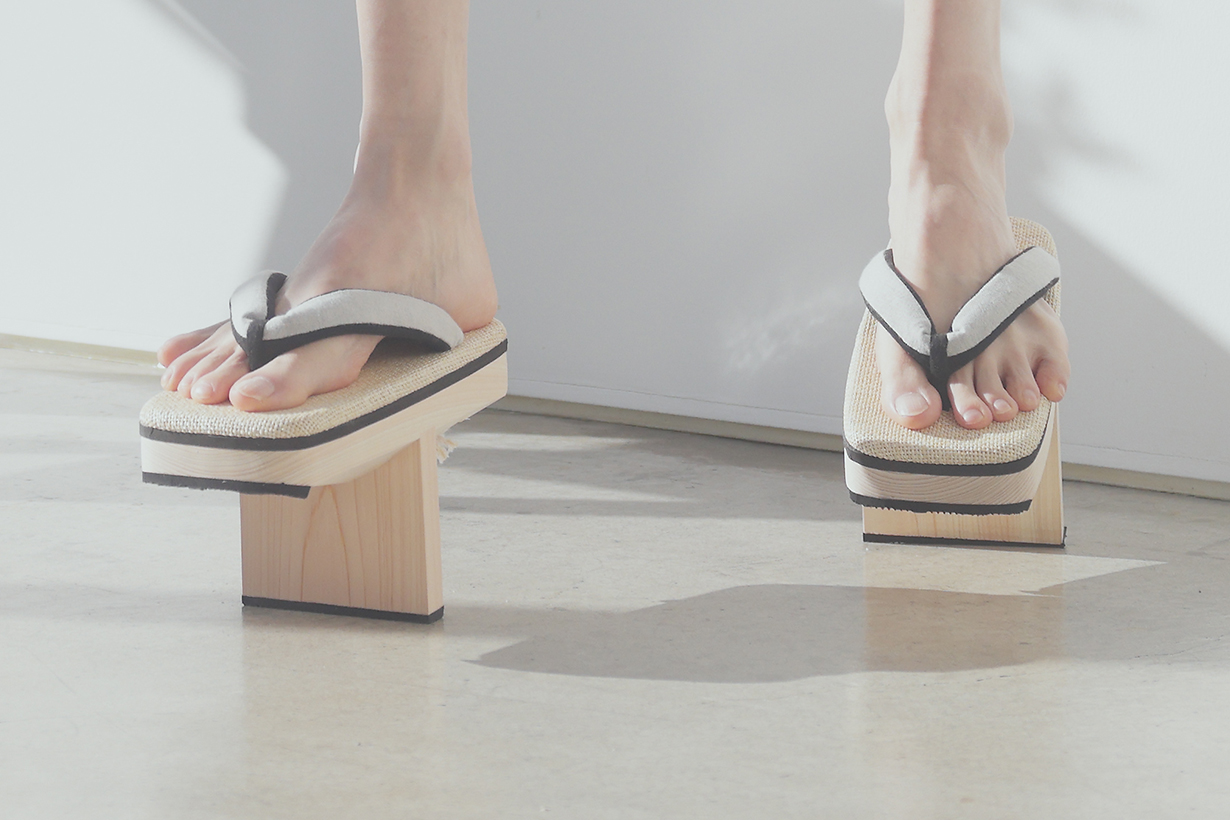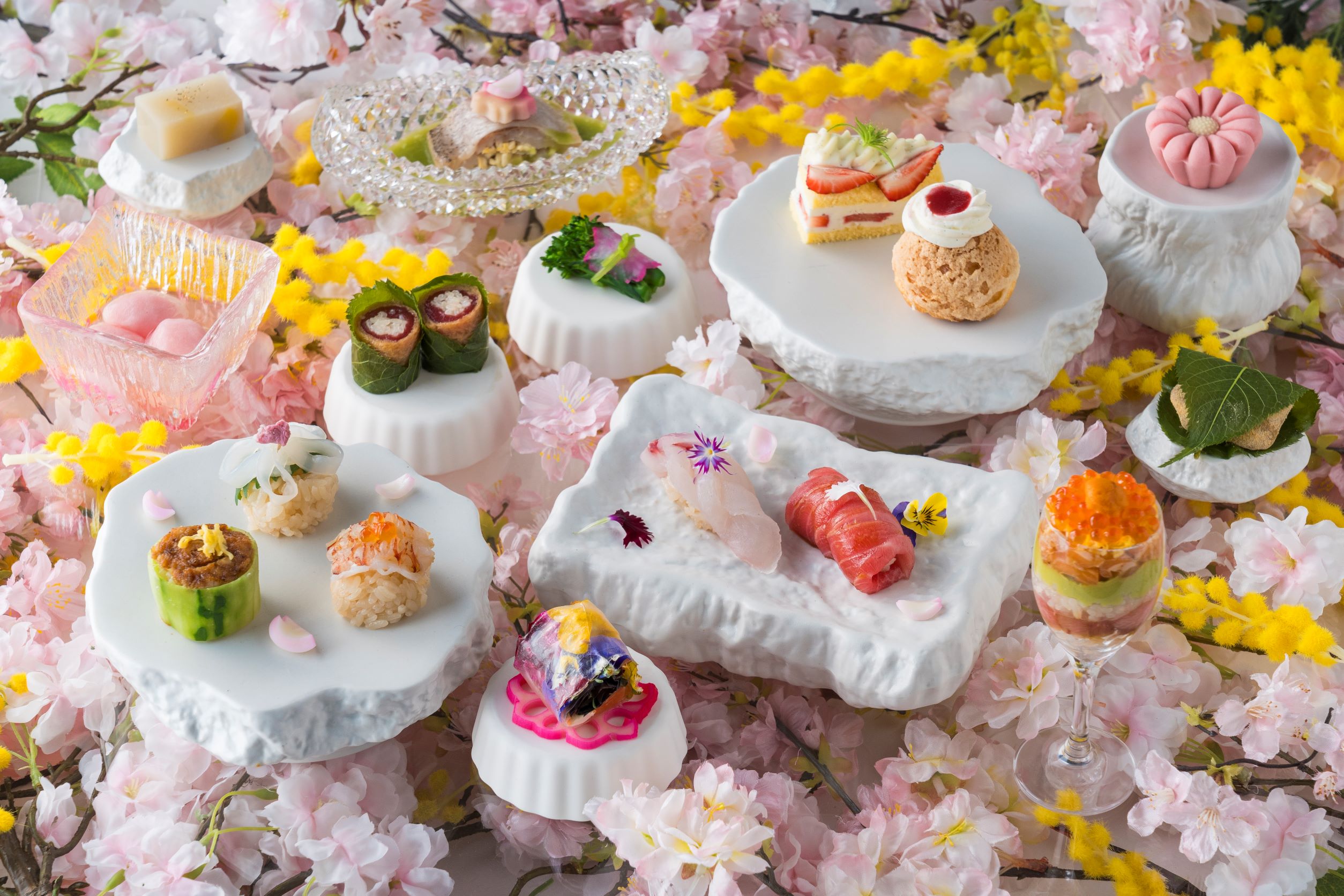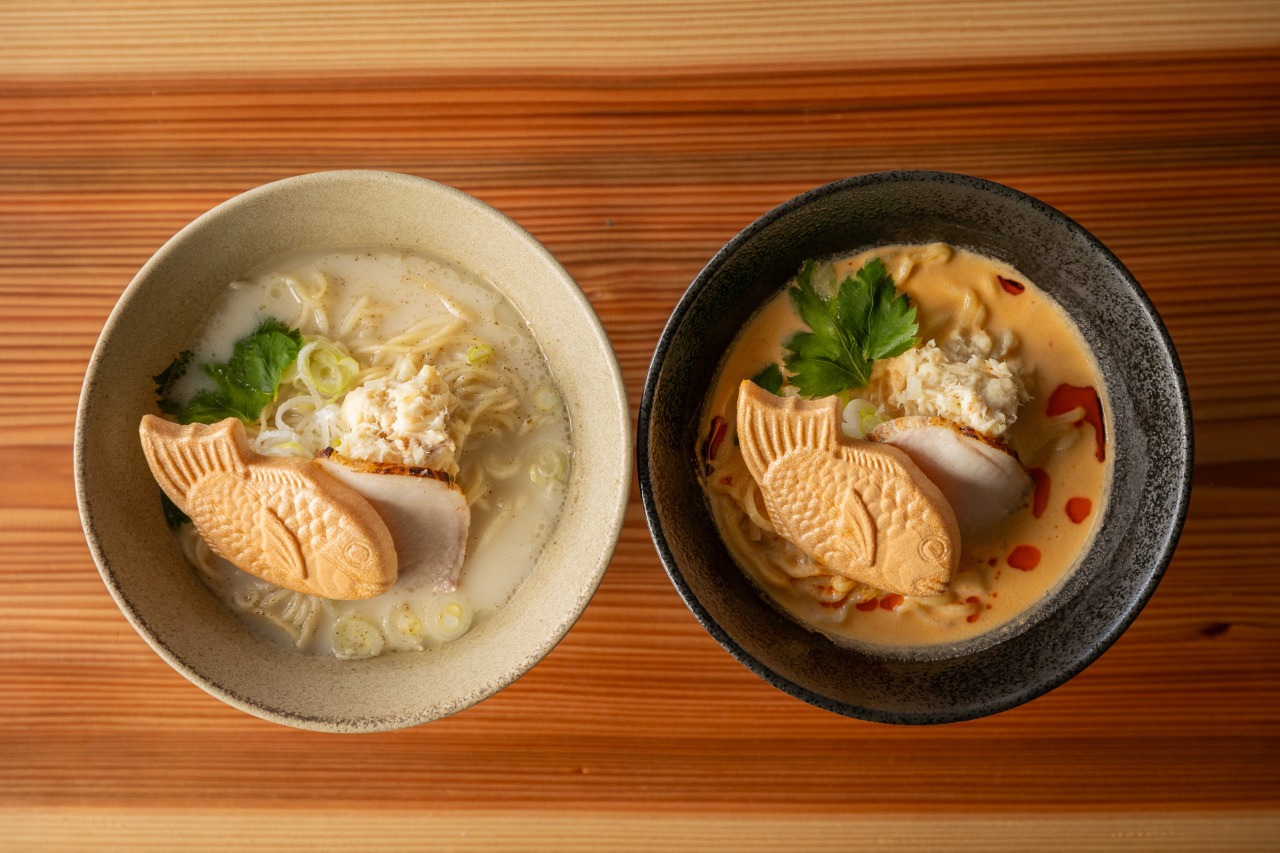Tokyo National Museum Garden
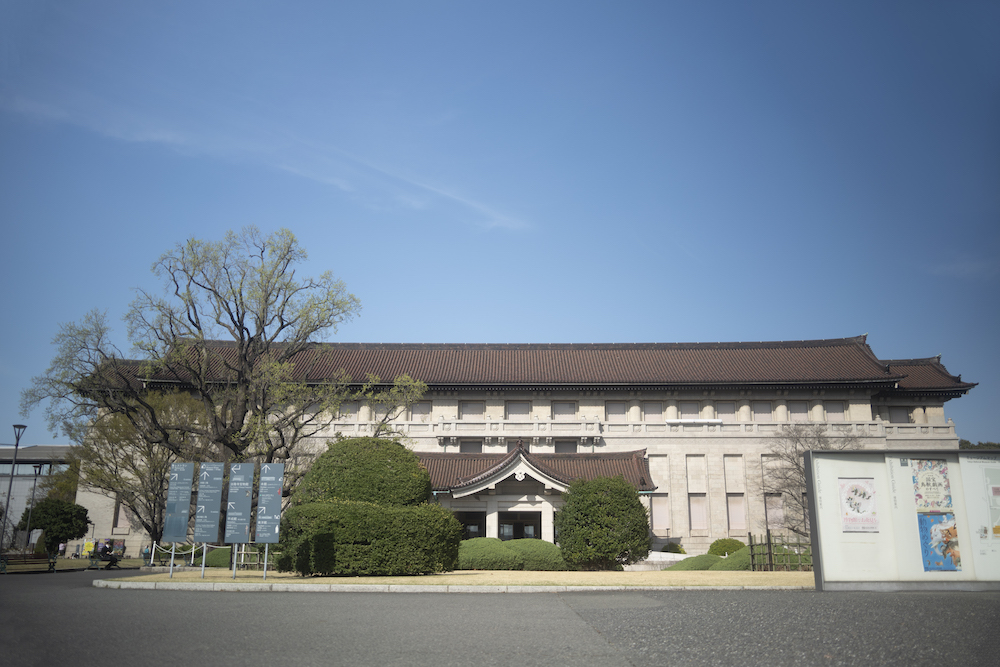
Tokyo National Museum
It is a place where many important cultural properties that have colored Japan’s long history are exhibited. There is a Japanese garden at the back of the museum, and you can see it along with the exhibits if you purchase a ticket for the museum.
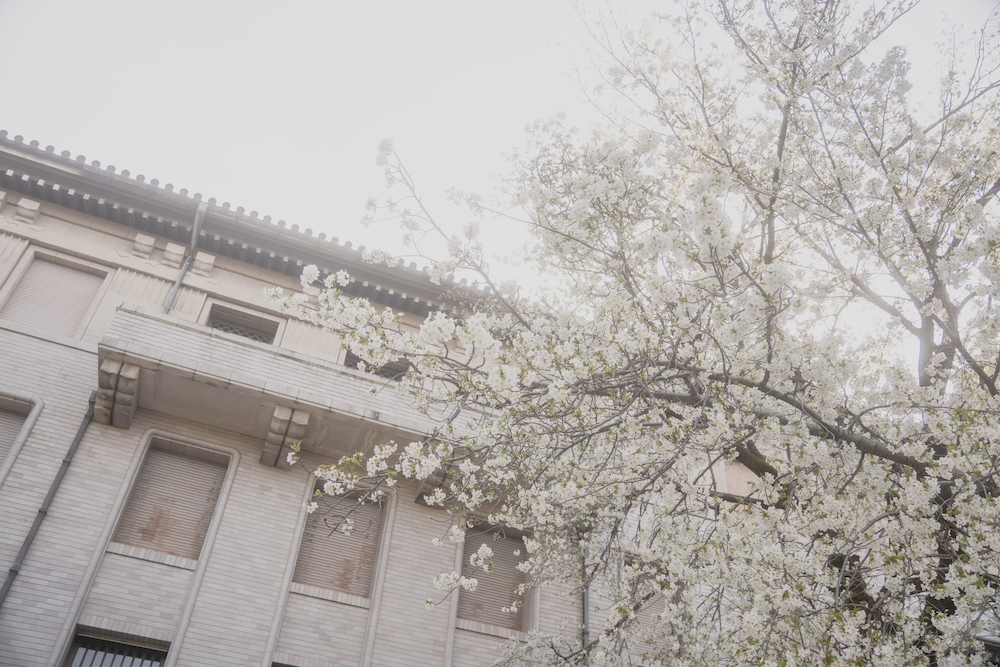
The combination with cherry blossoms feels the atmosphere of Taisho romance


Weeping cherry tree "Edhigan" featuring a pink color

It seems that the construction plan for the main building was selected from the public offerings. It was designated as an important cultural property in 2001, and is said to be a representative building of the Imperial Crown Style (a Western-style concrete building with an oriental tiled roof).
The combination with the cherry blossoms was very nice. There is a balcony between the 5th and 6th rooms on the first floor, from which you can enjoy the garden. It is also possible to go directly to the back and stroll around the garden without entering the building.
It is a quiet place away from the bustle of the park, and there are benches and so on. I think it’s good to take a break while looking at the garden.
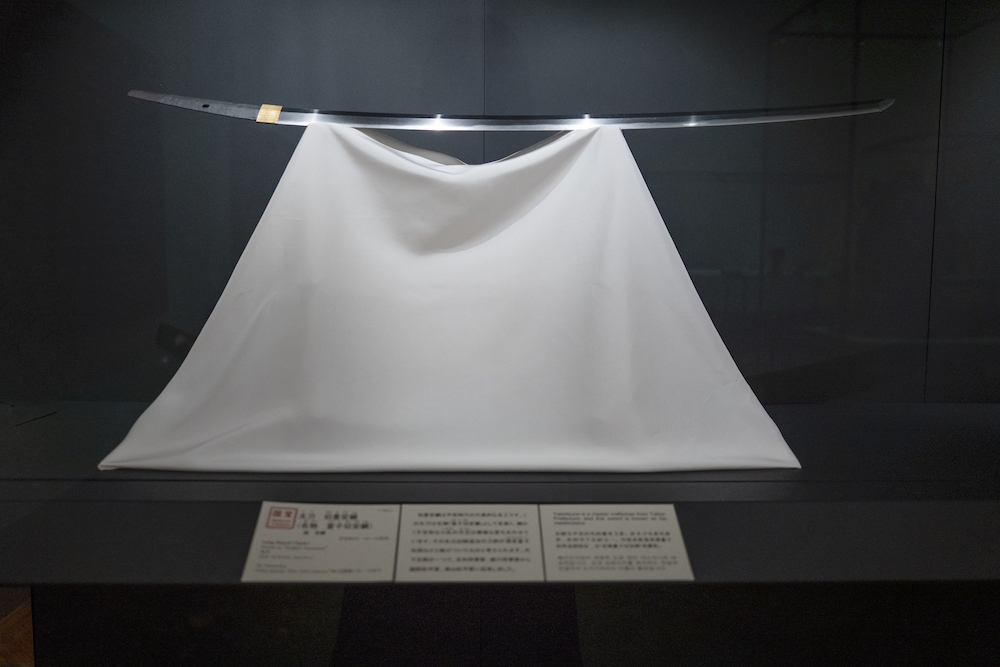
Tachi Meiyasutsuna (Dojikiri Yasutsuna)
The national treasure of the Tokyo National Museum, Dojigiri Yasutsuna, was exhibited.
It is one of the five best swords in Japanese history, and is considered to be the best sword called “East and West Yokozuna of Japanese swords” along with Okanehira.
It is also a sword with a legend that the neck of “Oni-Shuten-doji” who settled in Mt. Oe in Tanba Province was cut off with this sword.
Sakura street
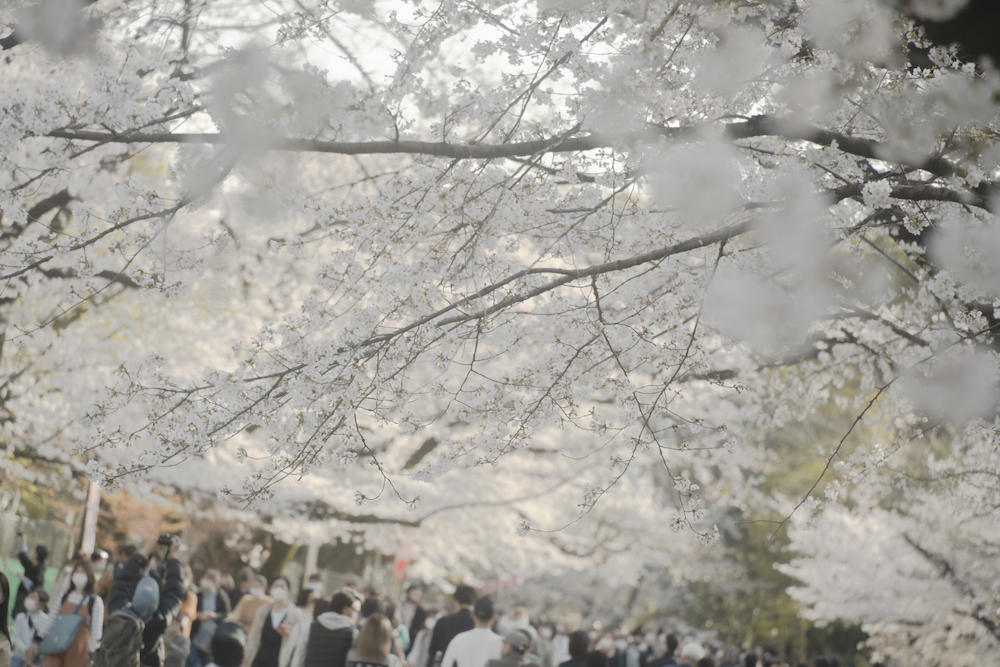

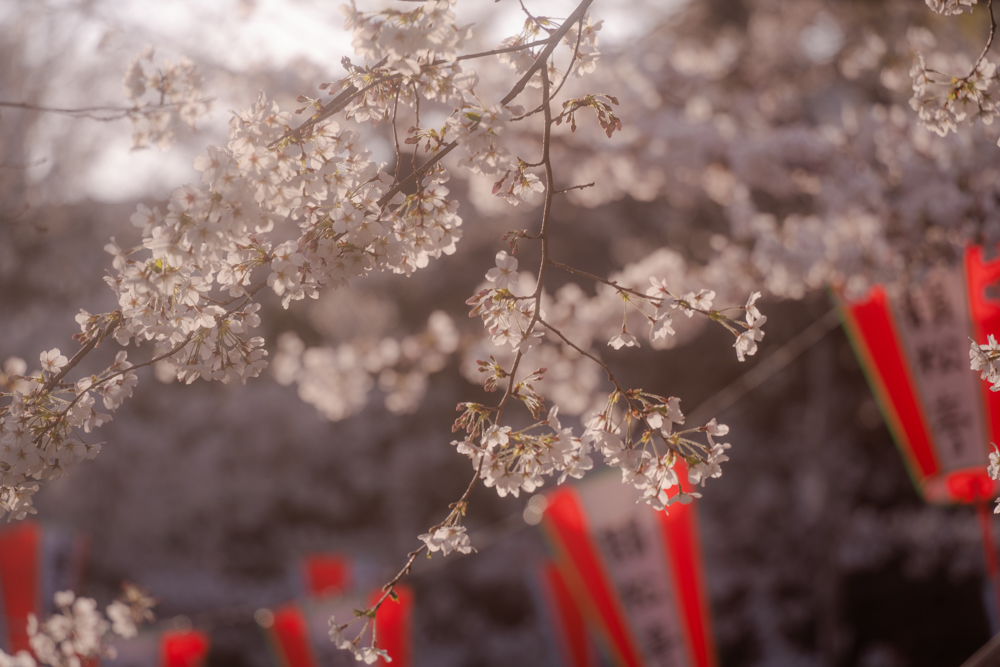
If you walk straight out of the main gate of the Tokyo National Museum, you will come across a view like a tunnel of cherry blossoms. This is called “Sakura-dori” and is the main street of the park. It is also mainly here that cherry blossoms are planted.
Unlike the refreshing impression of the blue sky in the daytime, the impression is that the flowers are shining during the time when the sun is shining.
Ueno Toshogu Shrine
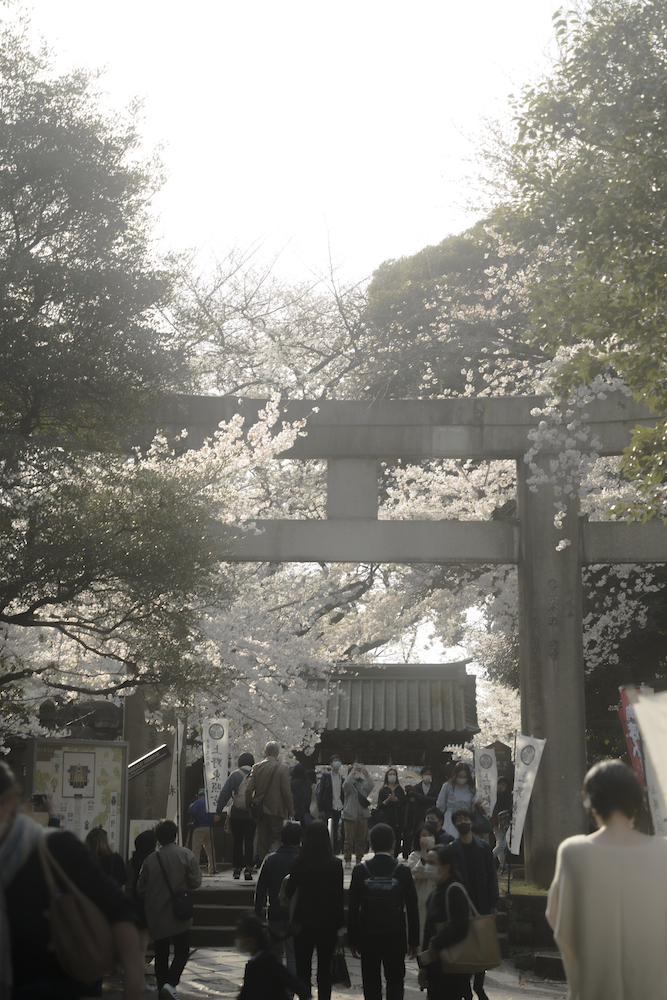
“Toshogu” is the name given to a shrine that enshrines Ieyasu Tokugawa as a god. In addition to Nikko and Kunoyama, there are many in Japan. This Ueno Toshogu Shrine is said to have been designated as a national important cultural property as a valuable early Edo period building that survived wars and earthquakes.

Stone lantern and cherry blossom tunnel
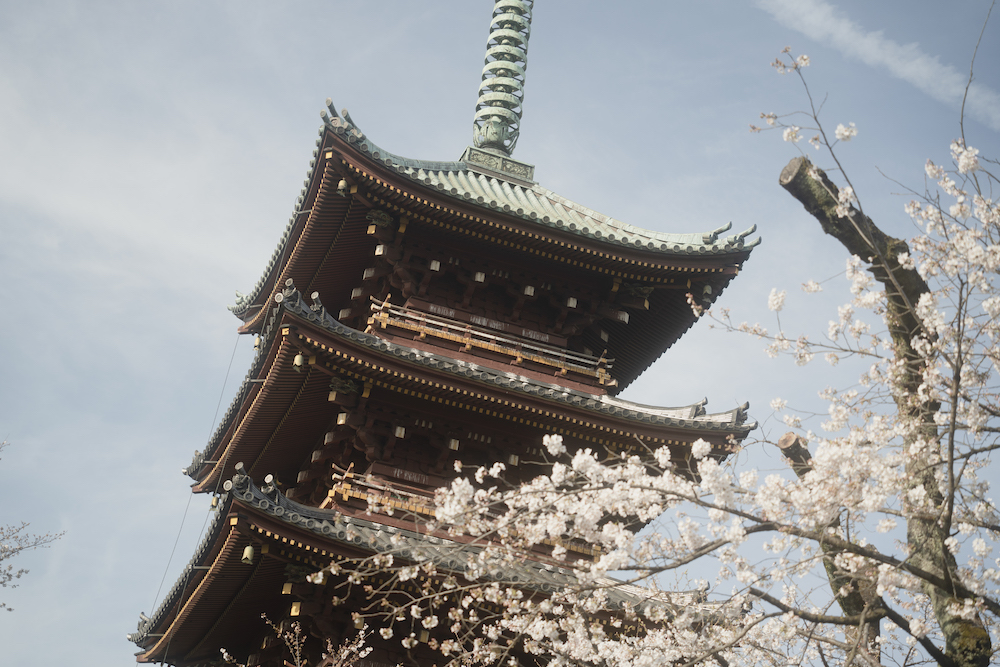
Former Kaneiji Five-storied Pagoda (Important Cultural Property)
Originally built as the tower of Ueno Toshogu Shrine, it will be under the control of Kaneiji Temple due to the “神仏分離令 (Ordinance Distinguishing Shinto and Buddhism)” of the Meiji era.
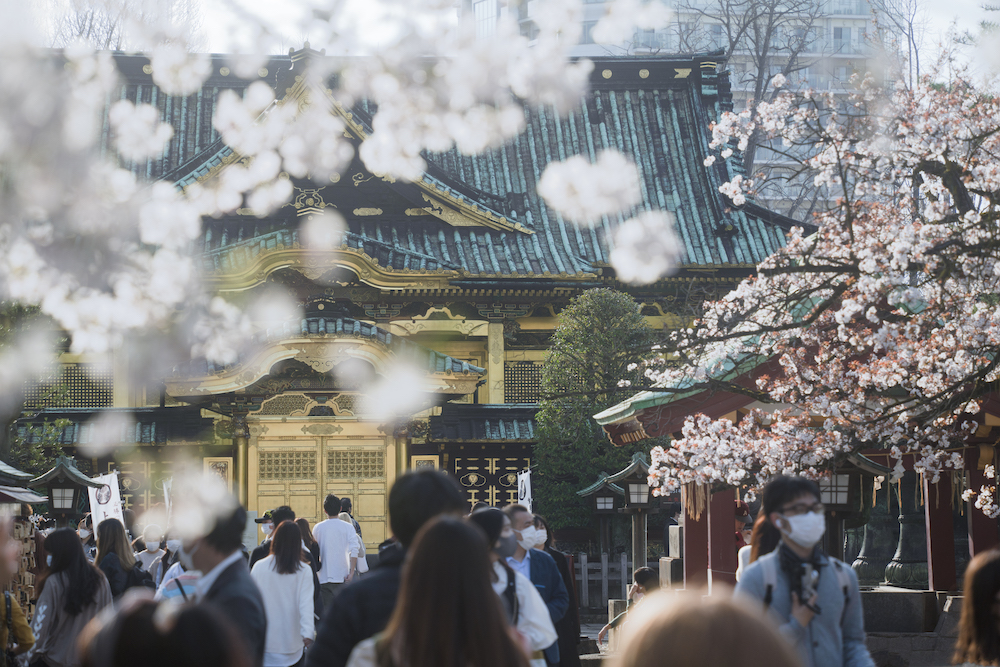
Karamon (Important Cultural Property)
Nationally designated important cultural property. There is a sculpture of the rising and falling dragons by Hidari Jingoro on the four faces other than the pillars, and there is a legend that he goes to drink the water of Shinobazu Pond in the park every night.
Hidari Jingoro is also famous as the creator of the sleeping cat at Nikko Toshogu.
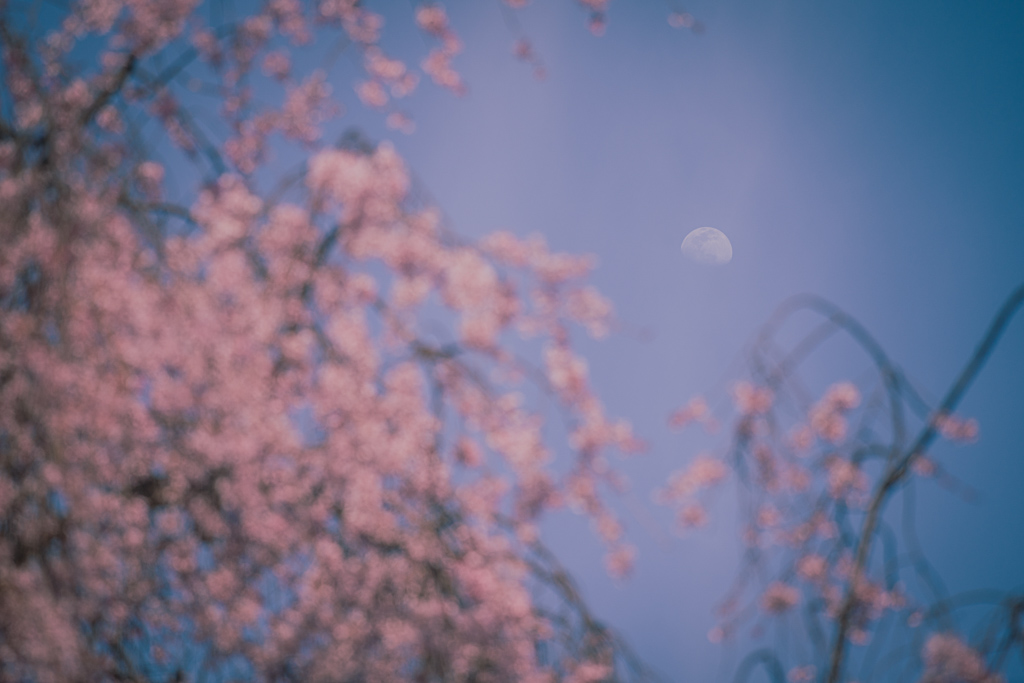
In Japan, the living environment changes in April due to enrollment and employment, so it is also a turning point.
We have delivered a beautiful cherry blossom that is a symbol of Japan that blooms in the beginning season.
Finally, I will post a weeping cherry tree at the end of the Ikenohata approach to Ueno Toshogu.
The other day, I went to an exhibition by Hiroshi Yoshida, a Western-style painter and printmaker. I thought that the way the colors were expressed in the woodblock prints and the atmosphere were shown in the photographs.
It’s nice to touch the work of art and realize that it’s nourishing me in this way. If you are interested, please check it out.
